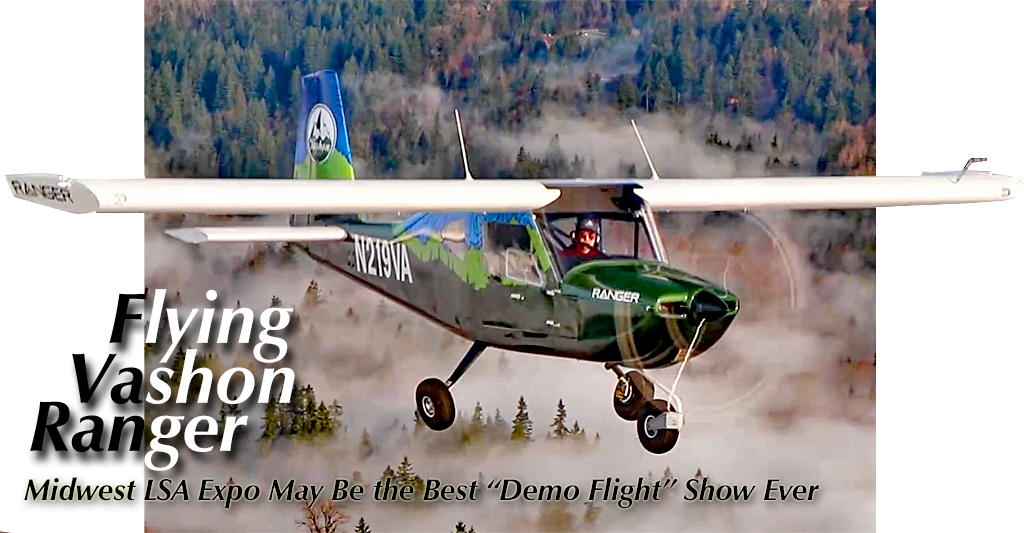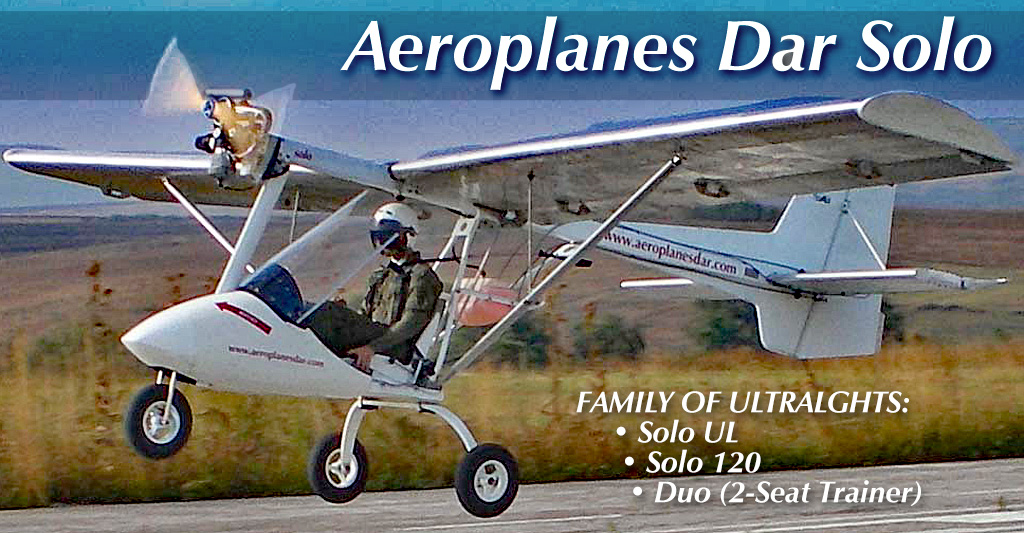 Excitement surrounding Part 103 Ultralights continues. Considering what a nightmare of a year the entire world has experienced, many find it incredible that 103s are not only surviving, but thriving.
We still have such models as the popular CGS Hawk and Aerolite 103 that are gusseted-tube structures with Dacron wings; this remains a great choice for light aircraft.
However, we are also getting some advanced configurations. Examples reported recently here are the Aeromarine LSA Merlin Lite, Sector’s Spark, and Top Rudder’s Solo.
In this article, I look at another entry after a reminder from an alert reader …one on which I had previously reported. This one has been around a few years but never established any U.S. presence. That could change as 103 types continue their growth.
Small Airplane Specialist
Aeroplanes DAR
Airplanes Dar is a small innovative company with a long history that started in the previous century… on June 24th, 1917.
Excitement surrounding Part 103 Ultralights continues. Considering what a nightmare of a year the entire world has experienced, many find it incredible that 103s are not only surviving, but thriving.
We still have such models as the popular CGS Hawk and Aerolite 103 that are gusseted-tube structures with Dacron wings; this remains a great choice for light aircraft.
However, we are also getting some advanced configurations. Examples reported recently here are the Aeromarine LSA Merlin Lite, Sector’s Spark, and Top Rudder’s Solo.
In this article, I look at another entry after a reminder from an alert reader …one on which I had previously reported. This one has been around a few years but never established any U.S. presence. That could change as 103 types continue their growth.
Small Airplane Specialist
Aeroplanes DAR
Airplanes Dar is a small innovative company with a long history that started in the previous century… on June 24th, 1917.Modernized Part 103 Ultralights; Here Is Aeroplanes Dar Solo UL and More
Excitement surrounding Part 103 Ultralights continues. Considering what a nightmare of a year the entire world has experienced, many find it incredible that 103s are not only surviving, but thriving.
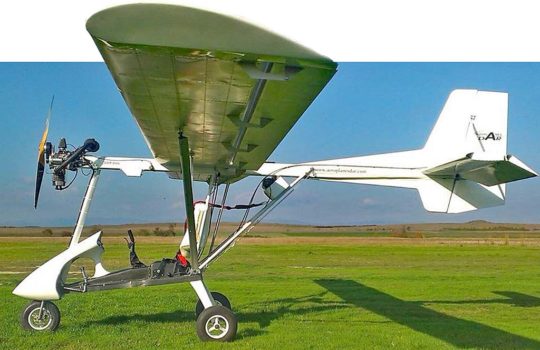
However, we are also getting some advanced configurations. Examples reported recently here are the Aeromarine LSA Merlin Lite, Sector’s Spark, and Top Rudder’s Solo.
In this article, I look at another entry after a reminder from an alert reader …one on which I had previously reported. This one has been around a few years but never established any U.S. presence. That could change as 103 types continue their growth.
Small Airplane Specialist
Aeroplanes DAR
Airplanes Dar is a small innovative company with a long history that started in the previous century… on June 24th, 1917. “We are proud to say that we are older than Boeing,” boasted the company. “Our main activity is the production of light high quality single and two seat planes.”
Aeroplanes Dar’s main production facility is in Sofia, Bulgaria (a few hundred miles straight north of Athens, Greece). This location has advantages, the company believes. “We stay competitive in terms of prices [because in] Bulgaria taxes are the lowest in all of Europe.”
Although Aeroplanes DAR goes back more than 100 years, it changed dramatically in 1995 when a man named Tony Ilieff took over the company, making serial production a priority.
“Our target is mass production of single, two and four-seated ultra and light planes based on all-metal technology,” said Tony. “For this purpose we created a special sheet management technology in which all aluminum details are cut by laser and shaped by CNC machines.”
Aeroplanes DAR is not solely an aluminum-bending company. “In addition, we are working on the use of composites in our constructions as they provide us with certain advantages: weight, strength, and price.”
Family of Models
Tony’s first designs were very different than today’s models. As the current line emerged in 2008, it started with a two seater — the Duo — then a Part 103-compliant model weighing 115 kilograms (the U.S. Part 103 maximum), followed by a German 120-kilogram Class version as that category was established. Other countries also use similar systems aiding very light aircraft with a lower level of regulation.
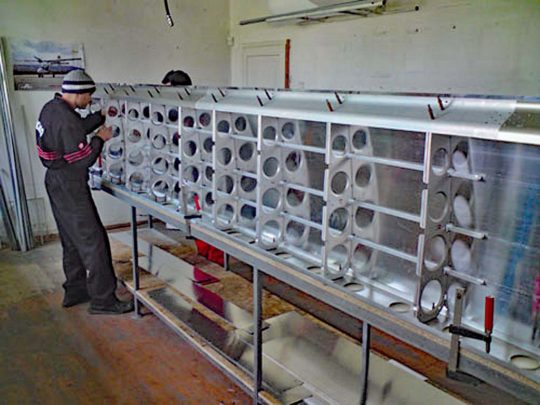
A worker assembling Solo’s wing. See a three-view drawing from Aeroplanes Dar’s Facebook page.
Both single seat, single engine ultralight airplanes called “Solo” are assembled with mixed construction: aluminum wings and composite airframe. “New advanced technologies have been introduced and the result is a remarkable aircraft of extra low weight and good flight performance,” claims Aeroplanes Dar.
Using their Sheet Management software, assembling elements such as metal wings and tail surfaces “is easy; the subjective factor at work has been eliminated,” the company said.
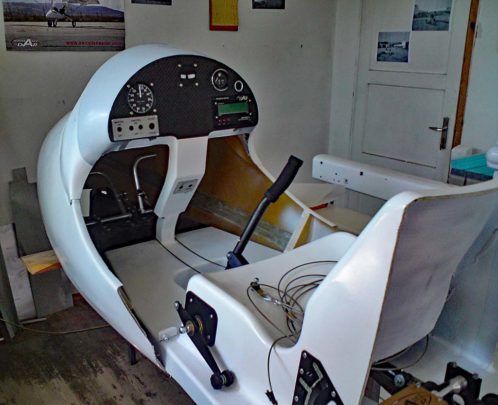
“Originally our Solo was designed to be sold as an airplane kit,” explained Tony. “That’s why airfoil and assembly have been specially chosen and modified to be easily handled by customers and can be assembled on a regular workshop table. The customer receives all-important parts ready for final assembly. These important features are required for a product that will be sold as kit set, intended for private manual assembly.”
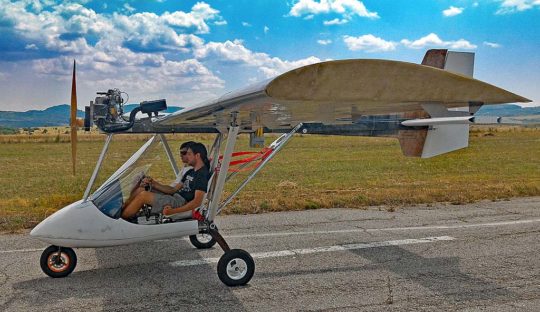
With a two-seat Duo model, Aeroplanes Dar offers an ideal trainer although this model does not presently qualify as a Special LSA as needed for paid flight instruction.
Dar Solo ultralight airplane available in two main versions including one appearing to meet U.S. Part 103 specifications. See the specifications for this variety below.
An all-metal wing and composite fuselage elements give Solo a modern look.
Solo 115 (the choice for Americans as mentioned on their Facebook page) has a maximum takeoff weight of 540 pounds and an empty weight of 254 pounds. With flaps extended, stall makes Part 103 at 24 knots and cruise speed is also where it needs to be at 50 knots. Polini is the recommended engine choice although Airplanes Dar does support others and previously used Hirth F33. With a Polini, Solo offers a 400 foot per minute climb rate.
“This aircraft also meet other national regulations such as Russian 115, Korean, Brazilian, and others,” said Tony. Powered by Polini Thor 200 EVO (28 horsepower). A Galaxy GRS 240 rescue system is an available option; such systems are required in Germany.
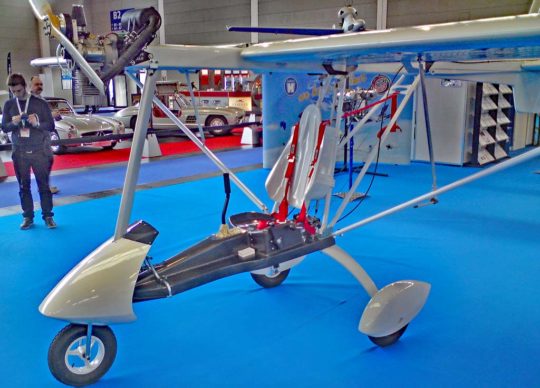
DAR Solo UL
- Wing Span — 31 feet
- Overall Length — 15.6 feet
- Overall Height — 8 feet
- Wing Area — 105 square feet
- Cabin Width — 24 inches
- Empty Weight — 254 pounds (267 pounds with airframe parachute)
- Maximum Takeoff Weight — 540 pounds
- Maximum Loading — +4/–2 G
- Fuel Tank Capacity — 3.3 U.S. gallons
- Take-off Ground Roll — 460 feet
- Rate of Climb — 400 feet per minute
- Cruise Speed — 50 knots
- Maximum speed — 57 knots
- Stall Speed (clean) — 27 knots
- Stall Speed (max flaps) — 24 knots
- Fuel Consumption at Cruise — 1.7 gallons per hour
- Range — 70 nautical miles
- Engine — Polini Thor 250
Aeroplanes DAR presently has no supplier in the USA, but a Canadian dealer sells Solo UL for the present-day equivalent of $18,900 in ready-to-fly form. Of course, this is subject to change but that will strike many potential buyers as a good price. Given the appeal of Tony Ilieff’s designs, a U.S. importer seems inevitable.
 Excitement surrounding Part 103 Ultralights continues. Considering what a nightmare of a year the entire world has experienced, many find it incredible that 103s are not only surviving, but thriving.
We still have such models as the popular CGS Hawk and Aerolite 103 that are gusseted-tube structures with Dacron wings; this remains a great choice for light aircraft.
However, we are also getting some advanced configurations. Examples reported recently here are the Aeromarine LSA Merlin Lite, Sector’s Spark, and Top Rudder’s Solo.
In this article, I look at another entry after a reminder from an alert reader …one on which I had previously reported. This one has been around a few years but never established any U.S. presence. That could change as 103 types continue their growth.
Small Airplane Specialist
Aeroplanes DAR
Airplanes Dar is a small innovative company with a long history that started in the previous century… on June 24th, 1917.
Excitement surrounding Part 103 Ultralights continues. Considering what a nightmare of a year the entire world has experienced, many find it incredible that 103s are not only surviving, but thriving.
We still have such models as the popular CGS Hawk and Aerolite 103 that are gusseted-tube structures with Dacron wings; this remains a great choice for light aircraft.
However, we are also getting some advanced configurations. Examples reported recently here are the Aeromarine LSA Merlin Lite, Sector’s Spark, and Top Rudder’s Solo.
In this article, I look at another entry after a reminder from an alert reader …one on which I had previously reported. This one has been around a few years but never established any U.S. presence. That could change as 103 types continue their growth.
Small Airplane Specialist
Aeroplanes DAR
Airplanes Dar is a small innovative company with a long history that started in the previous century… on June 24th, 1917.

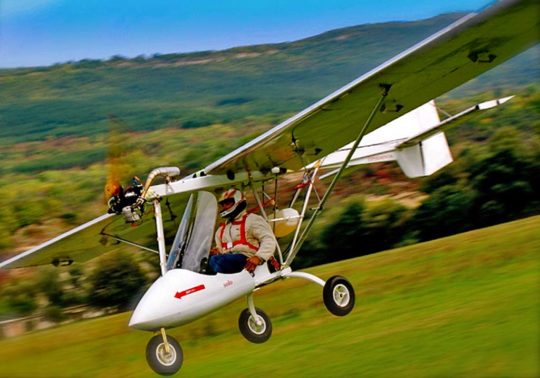
 My friends at
My friends at  As everyone knows by now,
As everyone knows by now, 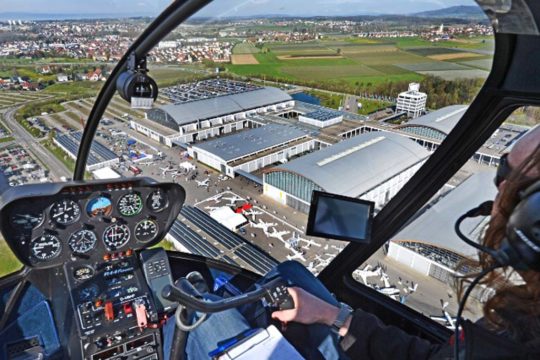 “We have a lot of confirmed exhibitors booked,” Roland continued. “We also have exhibitors still waiting with their decision till February.
“We have a lot of confirmed exhibitors booked,” Roland continued. “We also have exhibitors still waiting with their decision till February.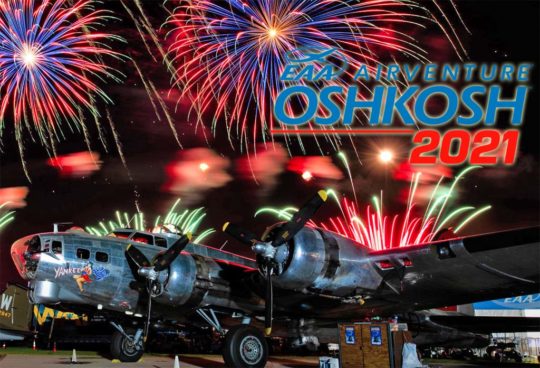 As with Sun ‘n Fun, the one-week
As with Sun ‘n Fun, the one-week  Another Covid dropout is the Copperstate/Buckeye event last held in February of 2020 before the sky fell on everyone. The Phoenix, Arizona-area event — a joint venture between the 48 year-old
Another Covid dropout is the Copperstate/Buckeye event last held in February of 2020 before the sky fell on everyone. The Phoenix, Arizona-area event — a joint venture between the 48 year-old 
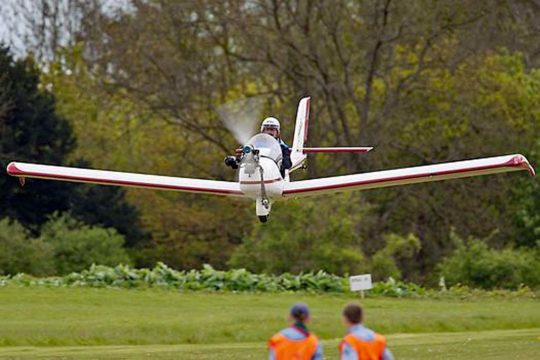
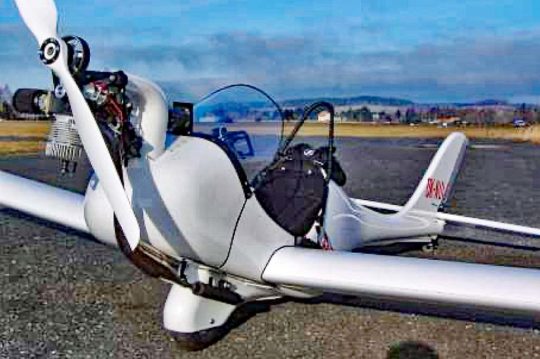 Further evidence:
Further evidence: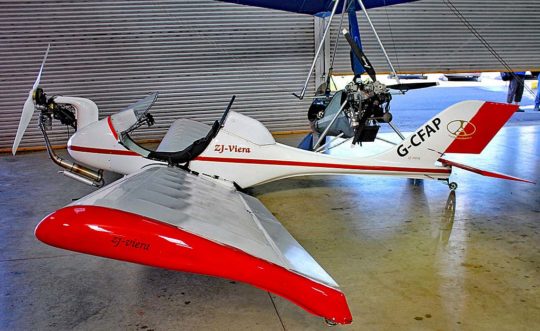 As we met more than once in this millennium, and because I was working on the Part 103 List, I reached out to Marek following the advice of
As we met more than once in this millennium, and because I was working on the Part 103 List, I reached out to Marek following the advice of 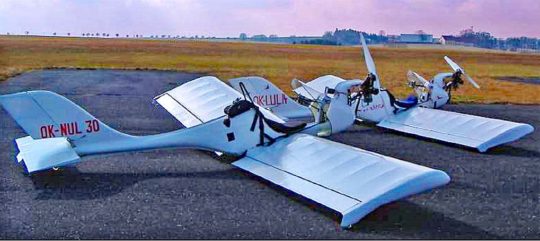 Marek remembered, “You and I met in Sebring in 2008. I was CEO of Interplane at that time.”
Marek remembered, “You and I met in Sebring in 2008. I was CEO of Interplane at that time.”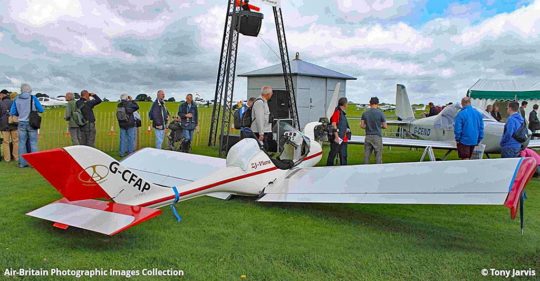 Viera is a monowheel Part 103 airplane that was also made in tricycle gear form, though I am unsure if the tri-gear version can comply with Part 103 weights and speeds. To familiarize readers, here are two short articles on Viera, one from
Viera is a monowheel Part 103 airplane that was also made in tricycle gear form, though I am unsure if the tri-gear version can comply with Part 103 weights and speeds. To familiarize readers, here are two short articles on Viera, one from 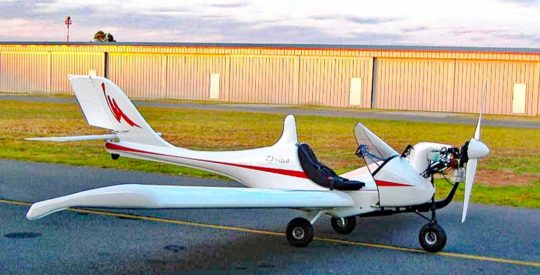 Unseen by Americans (including me), Marek said Desire is also Part 103. While it is a one-off custom design, “we can deliver it within less than 12 months if there is demand,” he said. Marek referenced that capability due to the rules I’ve created for an aircraft to be included in the
Unseen by Americans (including me), Marek said Desire is also Part 103. While it is a one-off custom design, “we can deliver it within less than 12 months if there is demand,” he said. Marek referenced that capability due to the rules I’ve created for an aircraft to be included in the 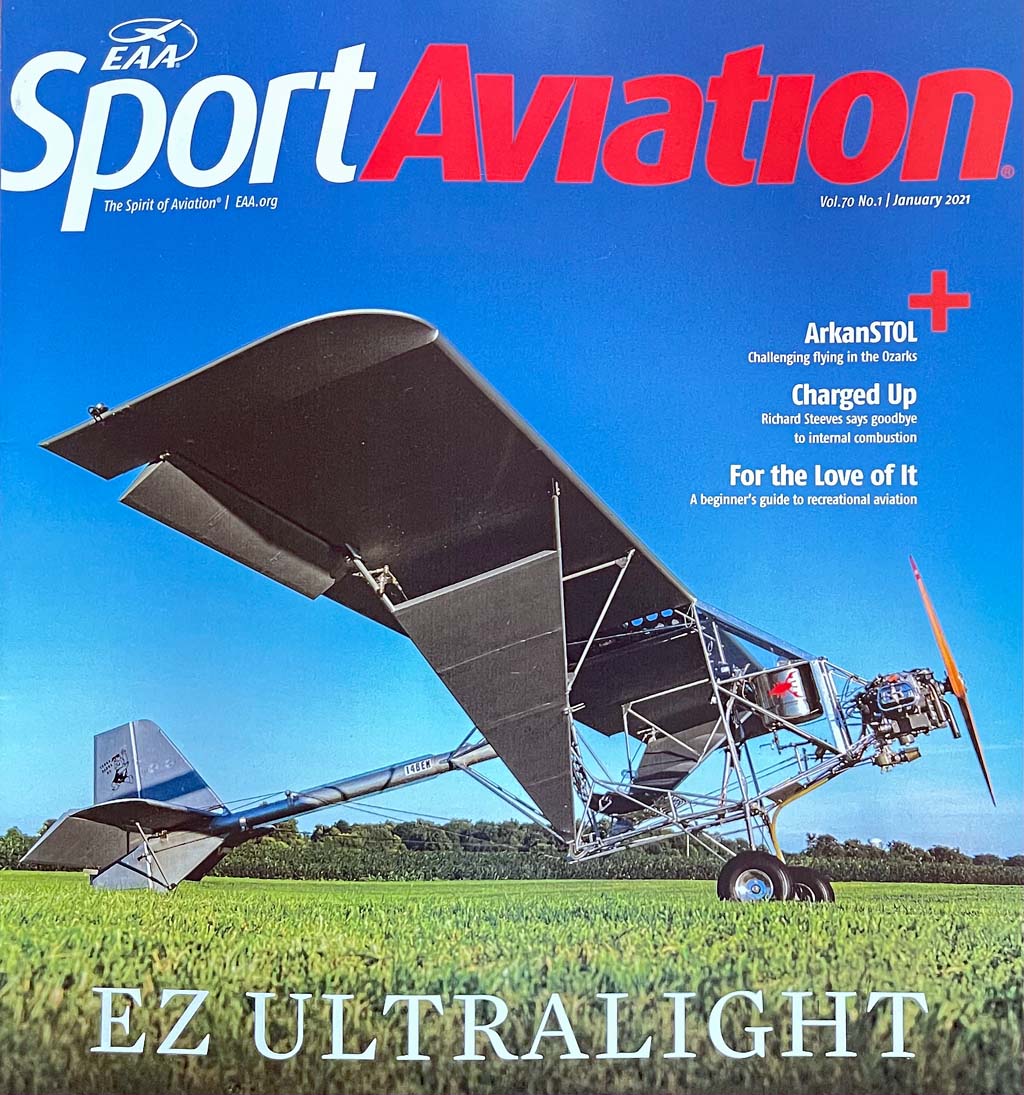
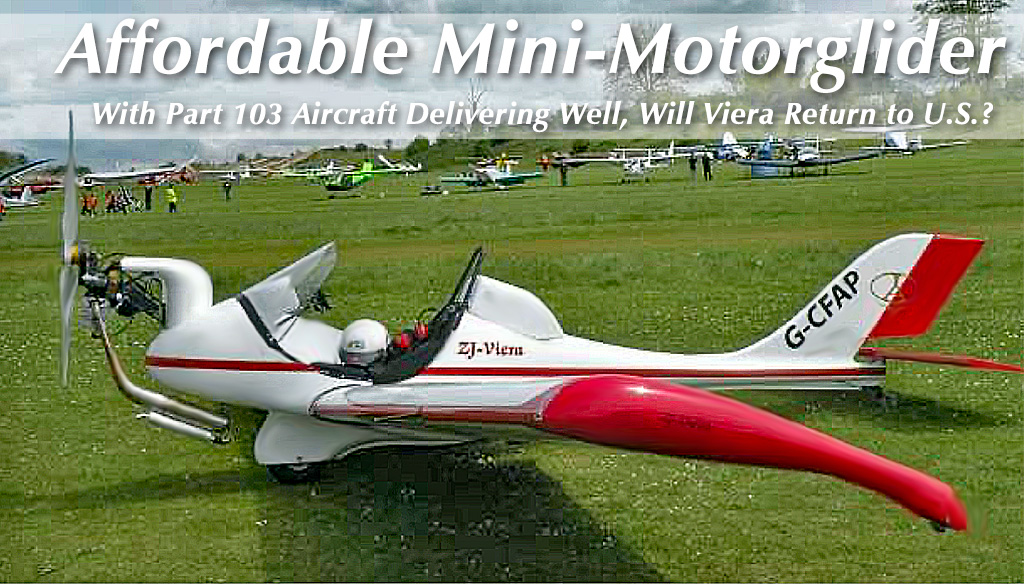
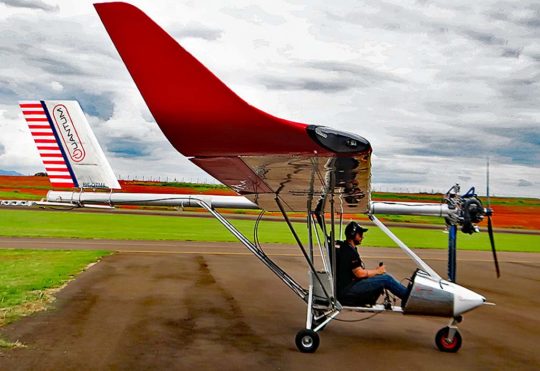 One of the most amazing discoveries of 2020 — the year Covid upset lives around the globe — is the particular and peculiar strength of
One of the most amazing discoveries of 2020 — the year Covid upset lives around the globe — is the particular and peculiar strength of 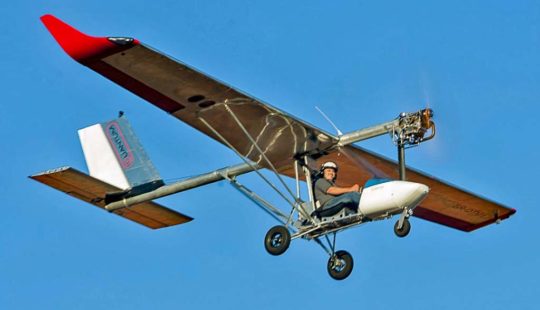 Yet, four decades later, this segment is thriving beyond what many pilots are willing to believe.
Yet, four decades later, this segment is thriving beyond what many pilots are willing to believe.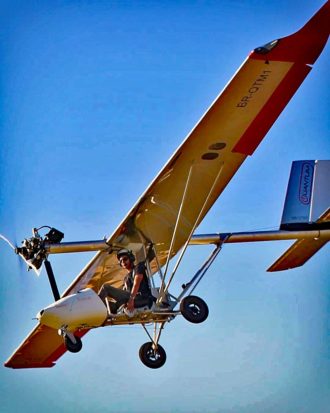 Part 103 in Brazil
Part 103 in Brazil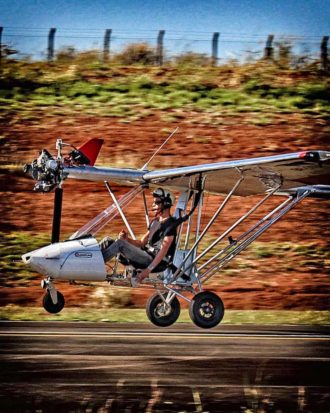 “I made the tail with NACA-008 profile, where in Flow Simulation trials, that shape gave more control power at low speeds. I continued with the design and in November 2019 the plane was ready, as well as all software and real load tests, and we were just waiting for our engine to arrive, a Polini Thor 250DS (Sector has become the Polini dealer in Brazil). In December 2019 we started the first tests on the ground, we had a very pleasant surprise with the results but we needed adjustments and improvements in the prototype.
“I made the tail with NACA-008 profile, where in Flow Simulation trials, that shape gave more control power at low speeds. I continued with the design and in November 2019 the plane was ready, as well as all software and real load tests, and we were just waiting for our engine to arrive, a Polini Thor 250DS (Sector has become the Polini dealer in Brazil). In December 2019 we started the first tests on the ground, we had a very pleasant surprise with the results but we needed adjustments and improvements in the prototype.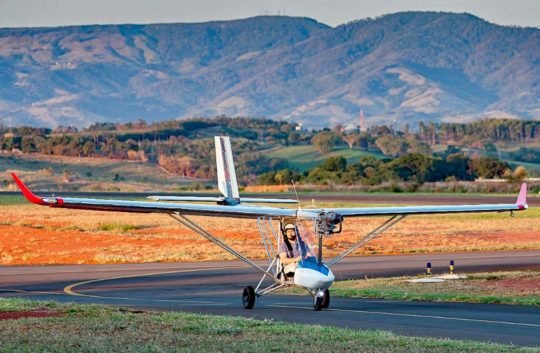 “Coordination maneuvers went beautifully. Approaches to landings showed good stability even in crosswinds. Touchdown does not require exceptional effort; abrupt corrections are not needed as Quantum delivers a smooth and pleasant ride.” By late November 2020, André added, “We have logged 56 hours and the experience of more than 18 pilots.”
“Coordination maneuvers went beautifully. Approaches to landings showed good stability even in crosswinds. Touchdown does not require exceptional effort; abrupt corrections are not needed as Quantum delivers a smooth and pleasant ride.” By late November 2020, André added, “We have logged 56 hours and the experience of more than 18 pilots.”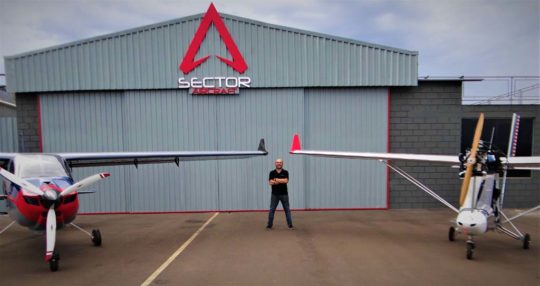 “In my adolescence, I studied mechanical manufacturing processes because in Campinas, I could not take an aeronautics course. In the early 2000s I started working with SolidWorks software and then I went to work as a project manager in a company called Inpaer in Campinas — today, Americans know this company as
“In my adolescence, I studied mechanical manufacturing processes because in Campinas, I could not take an aeronautics course. In the early 2000s I started working with SolidWorks software and then I went to work as a project manager in a company called Inpaer in Campinas — today, Americans know this company as 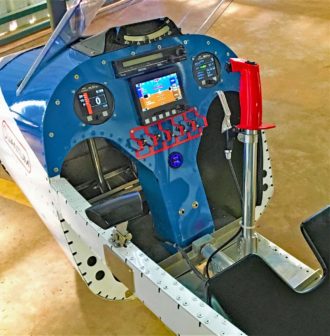 “I dedicated my life to studying manufacturing, engineering and design processes. I did little study to be a pilot. However, when Quantum … was ready [I prepared extensively] and did my solo flight on Quantum. What an immense pleasure to be able to design, build, and do my solo flight on this aircraft. Few people do this in life, like Wright Brothers in 1903 and Alberto Santos-Dumont in 1906. Of course, I don’t want to compare myself to those pioneers but I think I know what they felt.”
“I dedicated my life to studying manufacturing, engineering and design processes. I did little study to be a pilot. However, when Quantum … was ready [I prepared extensively] and did my solo flight on Quantum. What an immense pleasure to be able to design, build, and do my solo flight on this aircraft. Few people do this in life, like Wright Brothers in 1903 and Alberto Santos-Dumont in 1906. Of course, I don’t want to compare myself to those pioneers but I think I know what they felt.”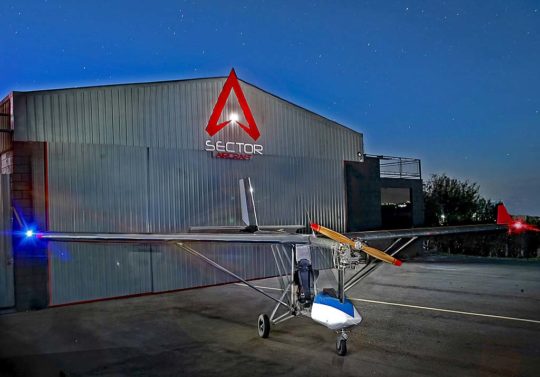

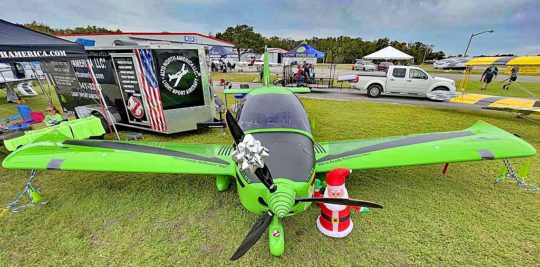 Then, life got more complicated for Ron and he chose to quietly bow out of representing Alto.
Then, life got more complicated for Ron and he chose to quietly bow out of representing Alto.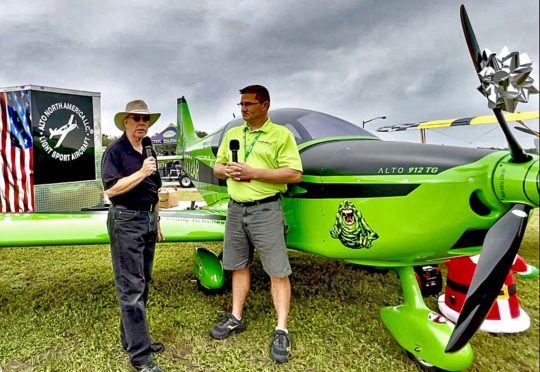
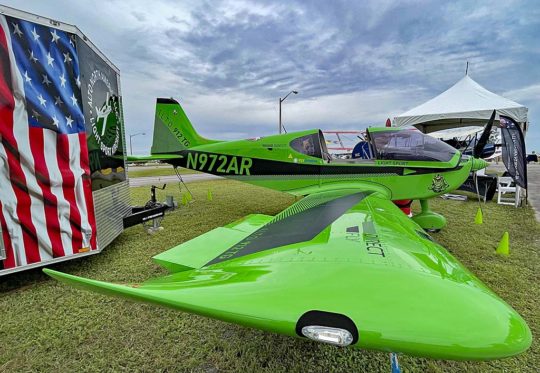 The 2020 version of Alto is equipped with the carbureted 100 horsepower Rotax 912 ULS engine. Standard equipment includes hydraulic brakes, electric flap control, and electric elevator trim. The exterior of the aircraft is painted with a single color plus accents as seen while the interior and the seats are upholstered with skin-friendly cloth.
The 2020 version of Alto is equipped with the carbureted 100 horsepower Rotax 912 ULS engine. Standard equipment includes hydraulic brakes, electric flap control, and electric elevator trim. The exterior of the aircraft is painted with a single color plus accents as seen while the interior and the seats are upholstered with skin-friendly cloth.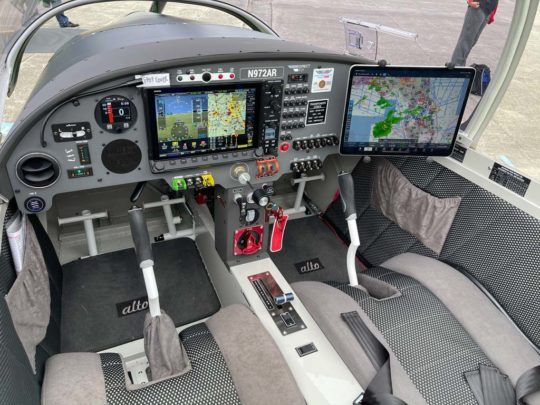 The fine flying qualities of Alto 912 TG stem from the design of the wing. Its rectangular wing and a profile using a broad leading edge provide predictable stall characteristics and behavior. “The wing is a semi-monocoque structure and is equipped with built-in tanks with a capacity of 100 liters (26.4 U.S. gallons) of fuel,” Direct Fly said.
The fine flying qualities of Alto 912 TG stem from the design of the wing. Its rectangular wing and a profile using a broad leading edge provide predictable stall characteristics and behavior. “The wing is a semi-monocoque structure and is equipped with built-in tanks with a capacity of 100 liters (26.4 U.S. gallons) of fuel,” Direct Fly said.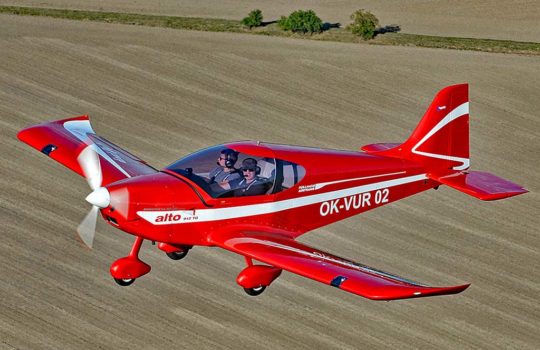 Flight control movements transmit pilot inputs through pushrods and cables. Directional steering of the nosewheel is via dual pedals in front of each occupant. Brakes are hydraulically controlled by a lever located on the center console, readily accessible to either occupant.
Flight control movements transmit pilot inputs through pushrods and cables. Directional steering of the nosewheel is via dual pedals in front of each occupant. Brakes are hydraulically controlled by a lever located on the center console, readily accessible to either occupant.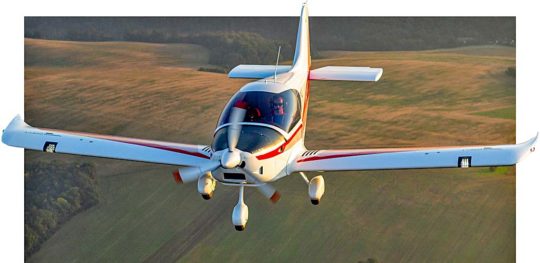 The overhead canopy slides forward smoothly on rails allowing plenty of ventilation during taxi. The canopy is secured for takeoff and cannot be opened in flight.
The overhead canopy slides forward smoothly on rails allowing plenty of ventilation during taxi. The canopy is secured for takeoff and cannot be opened in flight.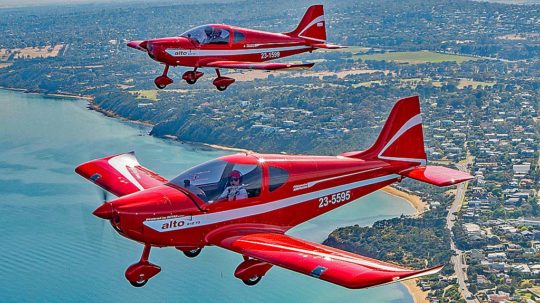
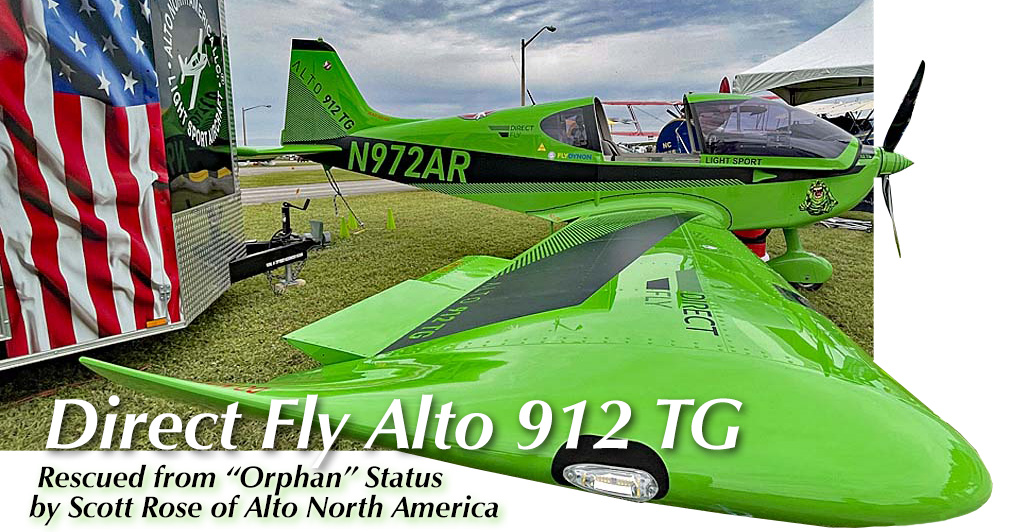
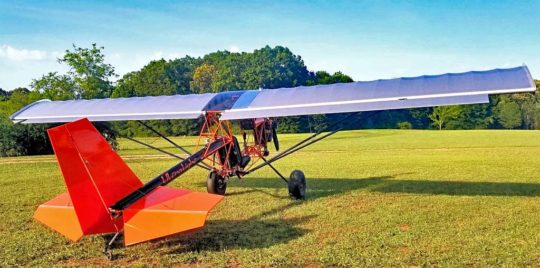 “For $7,500 you can confirm your kit reservations,” stated Top Rudder. OK, the deposit is not unreasonable but what’s the full price tag and when can you get one? Some readers note that it was promised a while back but other factors, such as building SuperSTOL aircraft kits as fast as they could, got in the way.
“For $7,500 you can confirm your kit reservations,” stated Top Rudder. OK, the deposit is not unreasonable but what’s the full price tag and when can you get one? Some readers note that it was promised a while back but other factors, such as building SuperSTOL aircraft kits as fast as they could, got in the way.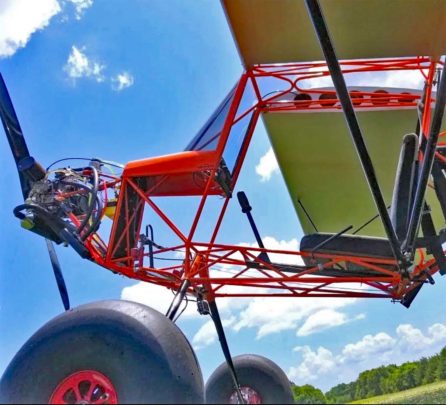 So, $25,000 for a fully equipped 103 Solo in kit form. “Yes, we plan to supply them as a ready-to-fly model,” noted Troy; this is perfectly OK within the very spare Part 103 regulation. No price for the RTF version was given because it is still a bit early in the production process.
So, $25,000 for a fully equipped 103 Solo in kit form. “Yes, we plan to supply them as a ready-to-fly model,” noted Troy; this is perfectly OK within the very spare Part 103 regulation. No price for the RTF version was given because it is still a bit early in the production process.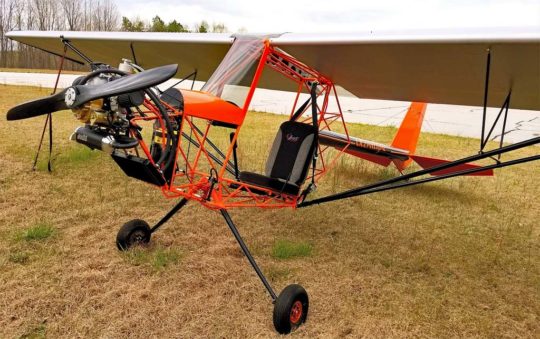
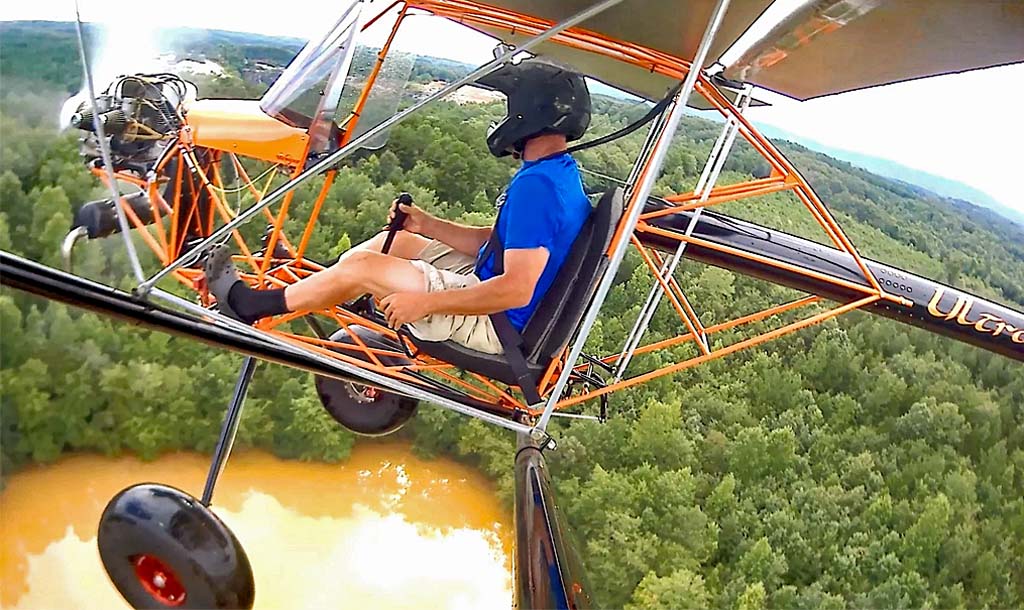
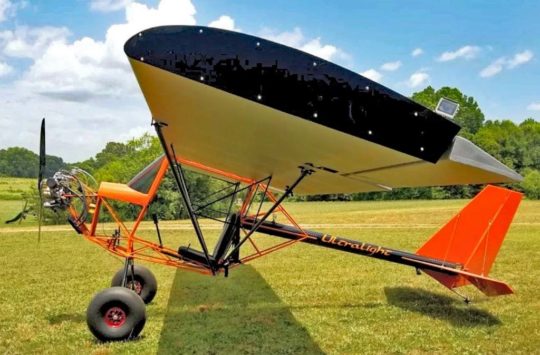 What does Ruckus add?
What does Ruckus add?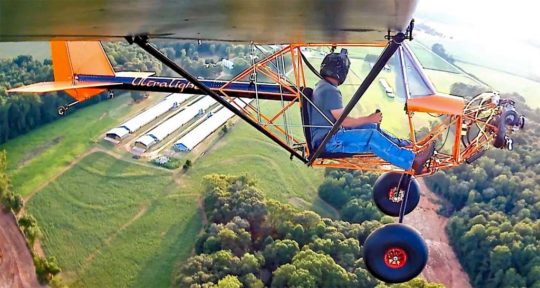 Place the same deposit of $7,500 for a kit without engine, prop, or avionics to see an airframe price of $19,000. Add engine, prop and avionics for a final total of $30,500 yet you can add more if you wish.
Place the same deposit of $7,500 for a kit without engine, prop, or avionics to see an airframe price of $19,000. Add engine, prop and avionics for a final total of $30,500 yet you can add more if you wish.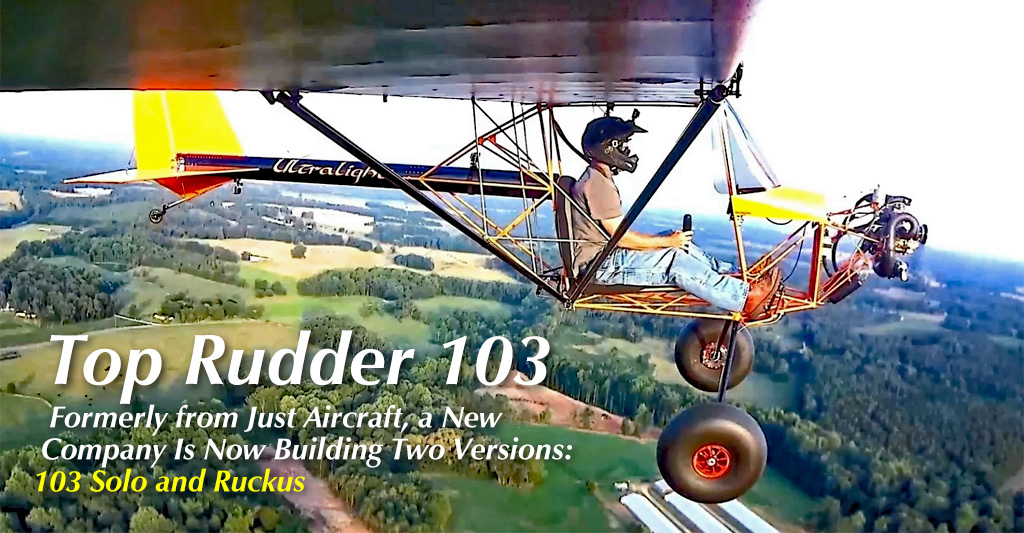
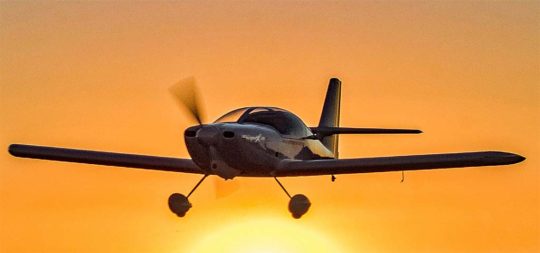 This article goes outside our normal range but Whisper is represented by Deon Lombard of
This article goes outside our normal range but Whisper is represented by Deon Lombard of 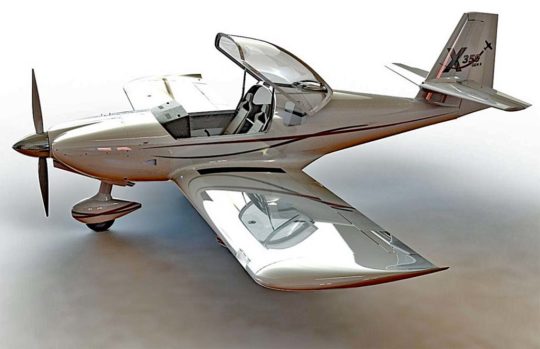
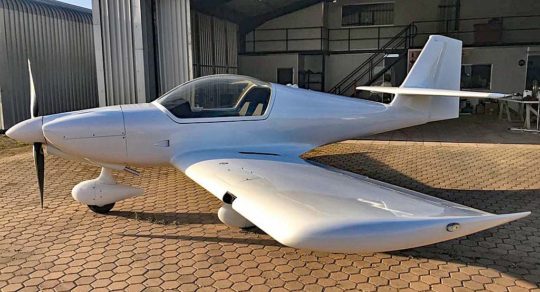 Whisper is a smooth side-by-side two-seater in tailwheel landing gear with a tricycle gear option for those uncomfortable with a taildragger. Photographs reveal a new carbon fiber wing loaded to 12 Gs positive; the wing is shown very heavily loaded to arrive at this discovery. For regular use, Whisper has a design load factor limit of +6 Gs –4 Gs. Despite the short wing’s obvious strength, the manufacturer said Whisper is not intended for aerobatics.
Whisper is a smooth side-by-side two-seater in tailwheel landing gear with a tricycle gear option for those uncomfortable with a taildragger. Photographs reveal a new carbon fiber wing loaded to 12 Gs positive; the wing is shown very heavily loaded to arrive at this discovery. For regular use, Whisper has a design load factor limit of +6 Gs –4 Gs. Despite the short wing’s obvious strength, the manufacturer said Whisper is not intended for aerobatics.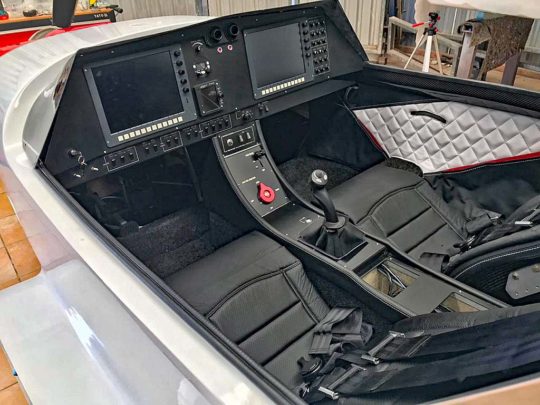 Whisper is designed to accommodate engines with as much as 200 horsepower but other evaluators have said Whisper can perform well on 160-180 horsepower. For reference, a cruise rpm of 2400 produces indicated airspeed of better than 140 knots or 160 miles an hour. Like many RVs, Whisper Aircraft recommends the Lycoming 180 horsepower engine.
Whisper is designed to accommodate engines with as much as 200 horsepower but other evaluators have said Whisper can perform well on 160-180 horsepower. For reference, a cruise rpm of 2400 produces indicated airspeed of better than 140 knots or 160 miles an hour. Like many RVs, Whisper Aircraft recommends the Lycoming 180 horsepower engine.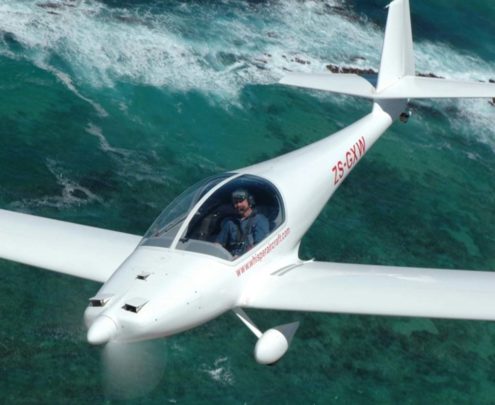

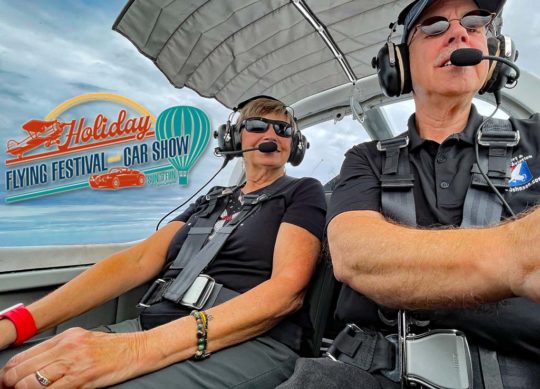 Like many of you, I’ve been having airshow withdrawal. Even with a wide-open attitude about traveling to these events, I have only made three shows this year:
Like many of you, I’ve been having airshow withdrawal. Even with a wide-open attitude about traveling to these events, I have only made three shows this year: 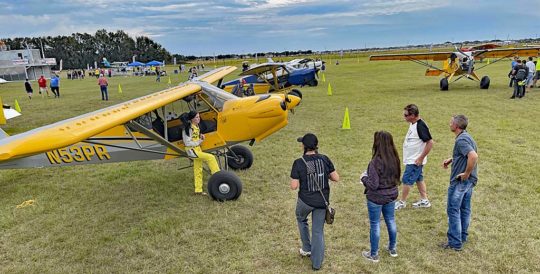 “We will feature more than 80 exhibitors, 200 aircraft and 150 vehicles on display,” he said. “We want to raise some money, but [raising money is] not the end all, be all. We want to maintain our relevance in the community and let people know we are here for them.” To entertain the community, Sun ‘n Fun also put on two air shows including a night event on Friday.
“We will feature more than 80 exhibitors, 200 aircraft and 150 vehicles on display,” he said. “We want to raise some money, but [raising money is] not the end all, be all. We want to maintain our relevance in the community and let people know we are here for them.” To entertain the community, Sun ‘n Fun also put on two air shows including a night event on Friday.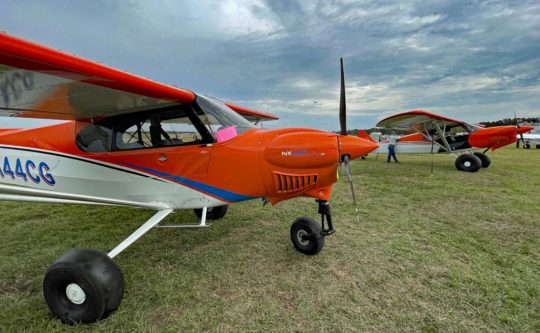
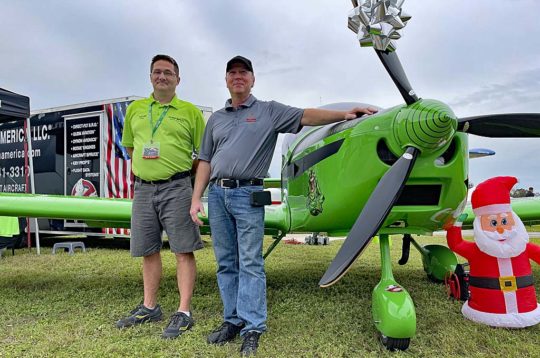
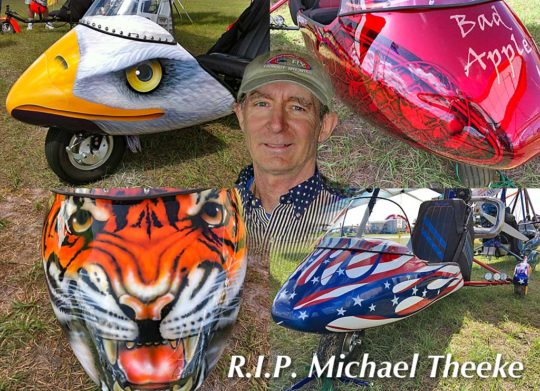 A former Michigan resident, Michael Theeke (pronounced “Tiki”) relocated to an airport I know very well, the Jasper airport outside Chattanooga, Tennessee on the way to Nashville. The airport has a wonderful location near the Nickajack Recreational Area, part of the TVA.
A former Michigan resident, Michael Theeke (pronounced “Tiki”) relocated to an airport I know very well, the Jasper airport outside Chattanooga, Tennessee on the way to Nashville. The airport has a wonderful location near the Nickajack Recreational Area, part of the TVA.
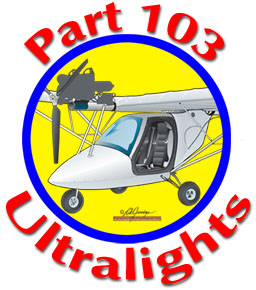
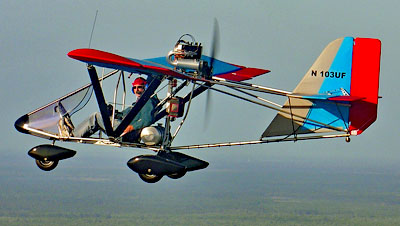 1️⃣
1️⃣ 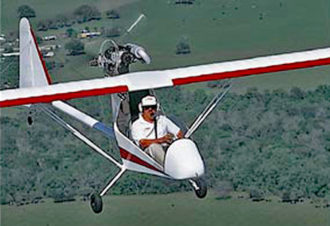 To encourage all producers to tell me their delivery numbers, I will anonymize manufacturer data in reporting results and I will protect the data with my reputation. I will not share information provided in confidence but I will summarize results aiming to report a whole-industry production figure.
To encourage all producers to tell me their delivery numbers, I will anonymize manufacturer data in reporting results and I will protect the data with my reputation. I will not share information provided in confidence but I will summarize results aiming to report a whole-industry production figure.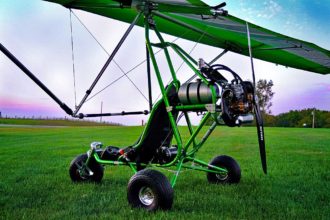 Because Part 103 ultralights are not required to be registered with FAA, I will ask each producer to tell me how many aircraft they delivered in 2019 and 2020. I will exercise my own judgement and do my own due diligence to make this information as accurate as possible. I will use my intimate knowledge of this sector to determine if numbers seem unlikely and then I will investigate further. At least over time, I believe this can provide reliable information but even in the first year, it will be the best information anyone has.
Because Part 103 ultralights are not required to be registered with FAA, I will ask each producer to tell me how many aircraft they delivered in 2019 and 2020. I will exercise my own judgement and do my own due diligence to make this information as accurate as possible. I will use my intimate knowledge of this sector to determine if numbers seem unlikely and then I will investigate further. At least over time, I believe this can provide reliable information but even in the first year, it will be the best information anyone has.
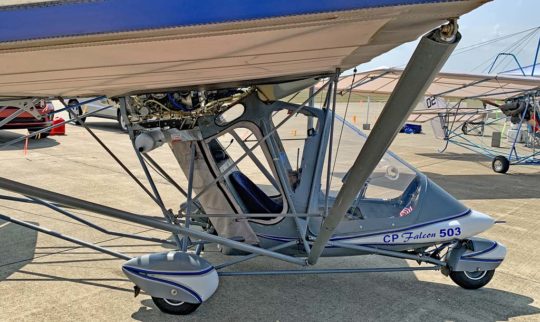 Yet “affordable” is one of those very personal words. What each of us can afford — or chooses to afford — is different than almost everyone else.
Yet “affordable” is one of those very personal words. What each of us can afford — or chooses to afford — is different than almost everyone else.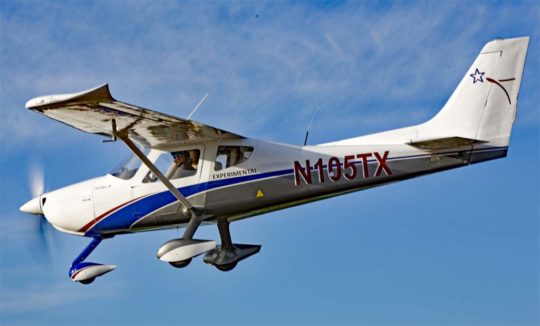 “As we come out from under Covid-induced flight training restrictions, operators of several flight schools have come to us asking for an affordably-priced, all-metal, Garmin-equipped training aircraft,” CEO, Matheus Grande, stated. “Our solution is the highly-advanced and very-affordable entry-level Colt SLSA, which is priced at $139,900, below the cost of the fully-equipped Colt-S and Colt-SL models.” Their Texas Aircraft Colt SLSA standard package includes:
“As we come out from under Covid-induced flight training restrictions, operators of several flight schools have come to us asking for an affordably-priced, all-metal, Garmin-equipped training aircraft,” CEO, Matheus Grande, stated. “Our solution is the highly-advanced and very-affordable entry-level Colt SLSA, which is priced at $139,900, below the cost of the fully-equipped Colt-S and Colt-SL models.” Their Texas Aircraft Colt SLSA standard package includes: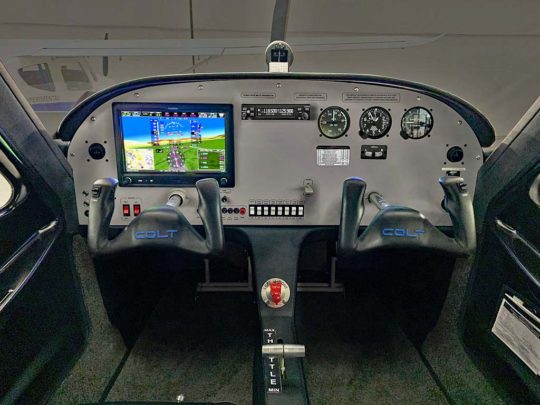 “When you couple the
“When you couple the 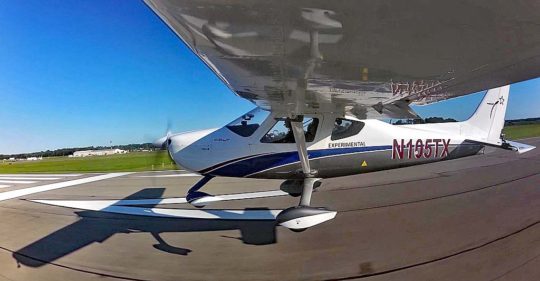 So, is this a no-frills LSA? While it does have less equipment than the standard Colt, the main change is the single Garmin screen. I currently use a neighbor’s RV-12 with a single screen in it and I find this no restriction. I can also refer to an iPad in the cockpit and paired with a sender from
So, is this a no-frills LSA? While it does have less equipment than the standard Colt, the main change is the single Garmin screen. I currently use a neighbor’s RV-12 with a single screen in it and I find this no restriction. I can also refer to an iPad in the cockpit and paired with a sender from 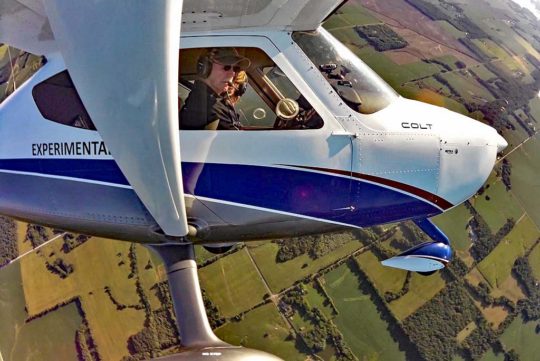 Nonetheless, new is nice and Colt is one beautiful machine made in the USA of all metal, just as many buyers want. What are your options?
Nonetheless, new is nice and Colt is one beautiful machine made in the USA of all metal, just as many buyers want. What are your options?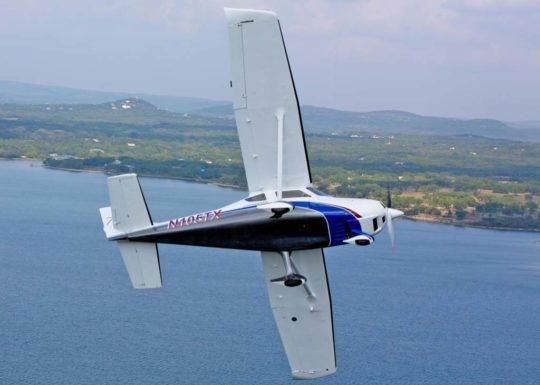 More About LSA Costs — What I’d like to invite is your read of AVweb writer Paul Bertorelli‘s article, titled, “
More About LSA Costs — What I’d like to invite is your read of AVweb writer Paul Bertorelli‘s article, titled, “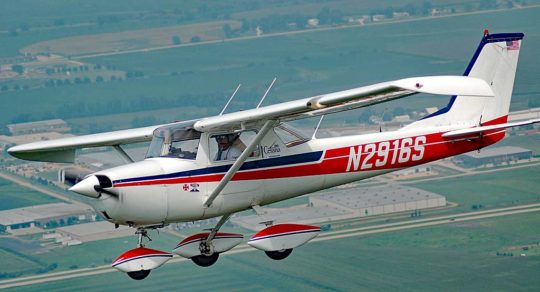
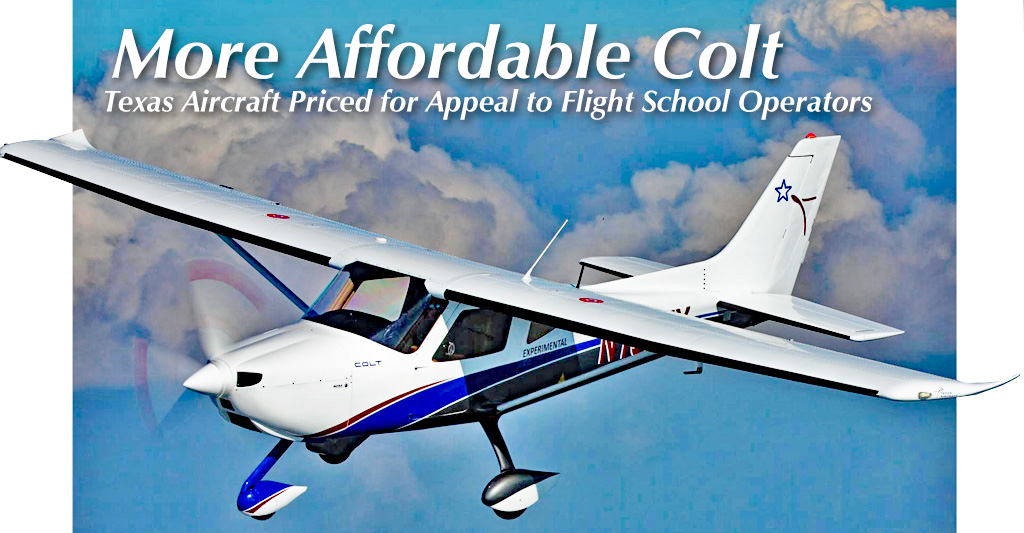
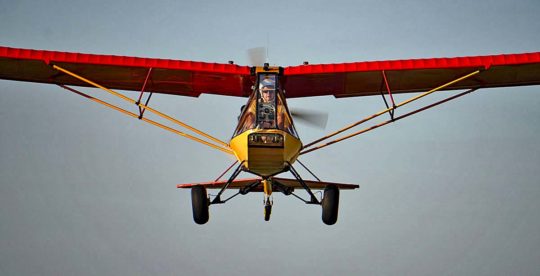 Thanks to a rescue by second owner ASAP many years ago, both continued to be manufactured in Canada’s West.
Thanks to a rescue by second owner ASAP many years ago, both continued to be manufactured in Canada’s West.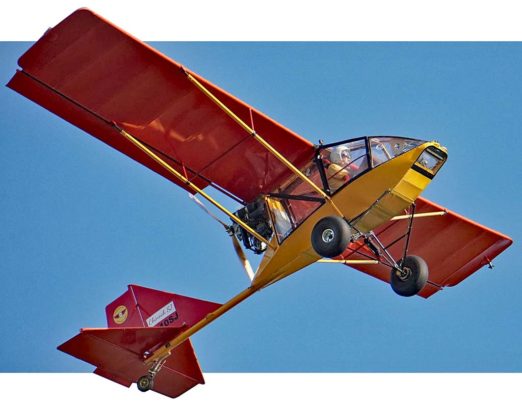 In more modern times, after purchasing the Chinook design rights and inventory in 2013 (five semi loads’ worth!), Aeroplane Manufactory brought the north-of-the-border design way down south to the Houston, Texas area.
In more modern times, after purchasing the Chinook design rights and inventory in 2013 (five semi loads’ worth!), Aeroplane Manufactory brought the north-of-the-border design way down south to the Houston, Texas area.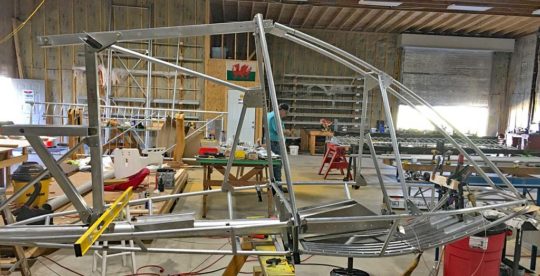 “We offer the lowest price for the highest performing aircraft in our class,” John boasted. “The quality of our parts and kits and ease of construction is paramount to our business and your success as a builder/pilot. Your dream and passion for building and flying your own aircraft is a shared dream and passion of ours. We are with you throughout the building process from start to finish.”
“We offer the lowest price for the highest performing aircraft in our class,” John boasted. “The quality of our parts and kits and ease of construction is paramount to our business and your success as a builder/pilot. Your dream and passion for building and flying your own aircraft is a shared dream and passion of ours. We are with you throughout the building process from start to finish.”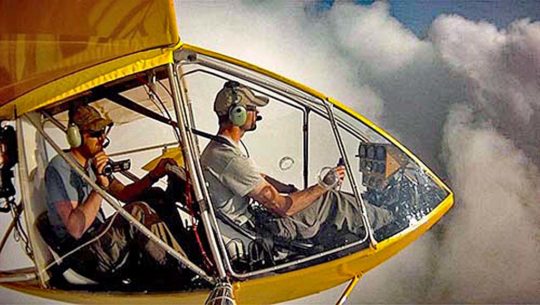 In their days, ASAP added a full Lexan enclosure for the Chinook Plus, making a virtual greenhouse surrounding the pilot and passenger with many square feet of clear plastic offering an unlimited view. In colder northern climates, that enclosure provides a reasonably comfortable environment.
In their days, ASAP added a full Lexan enclosure for the Chinook Plus, making a virtual greenhouse surrounding the pilot and passenger with many square feet of clear plastic offering an unlimited view. In colder northern climates, that enclosure provides a reasonably comfortable environment.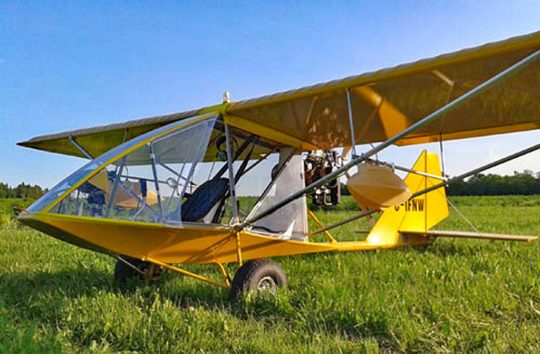
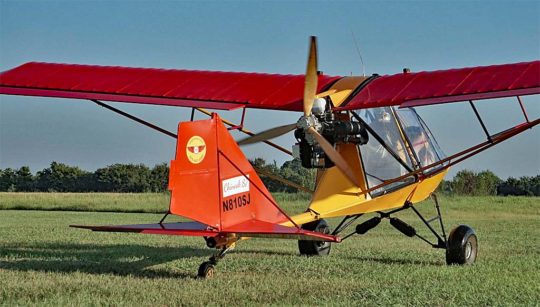 Today, John said that a “60 mph cruise” is achieved despite the draggy but highly shock absorbing DR gear (nearby image).
Today, John said that a “60 mph cruise” is achieved despite the draggy but highly shock absorbing DR gear (nearby image).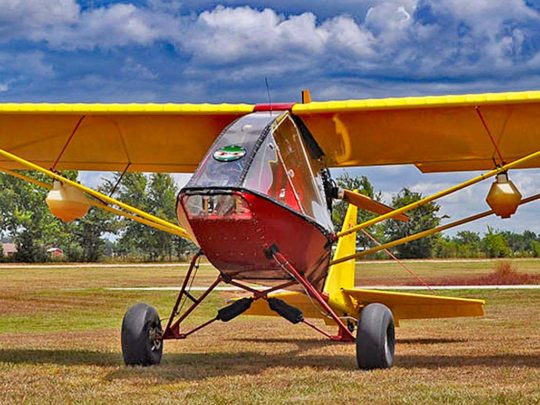
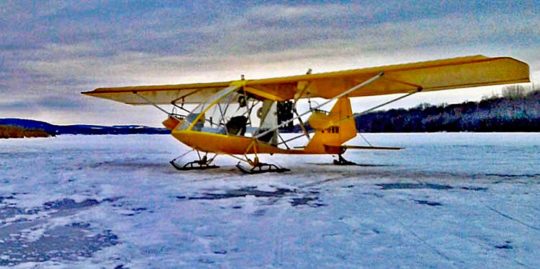
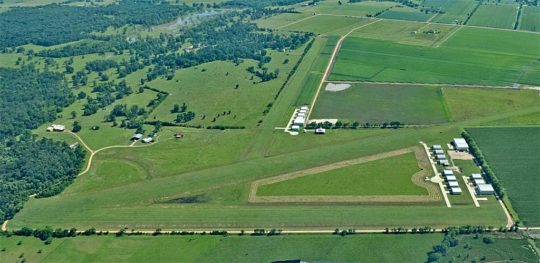 After many years of providing flight instruction, John’s specialty is transitioning from tricycle gear aircraft to tailwheel, short field landings, takeoffs over obstacles and upset training. John also teaches transition courses from general aviation to Light-Sport Aircraft. He gives several flight reviews for airmen each year.”
After many years of providing flight instruction, John’s specialty is transitioning from tricycle gear aircraft to tailwheel, short field landings, takeoffs over obstacles and upset training. John also teaches transition courses from general aviation to Light-Sport Aircraft. He gives several flight reviews for airmen each year.”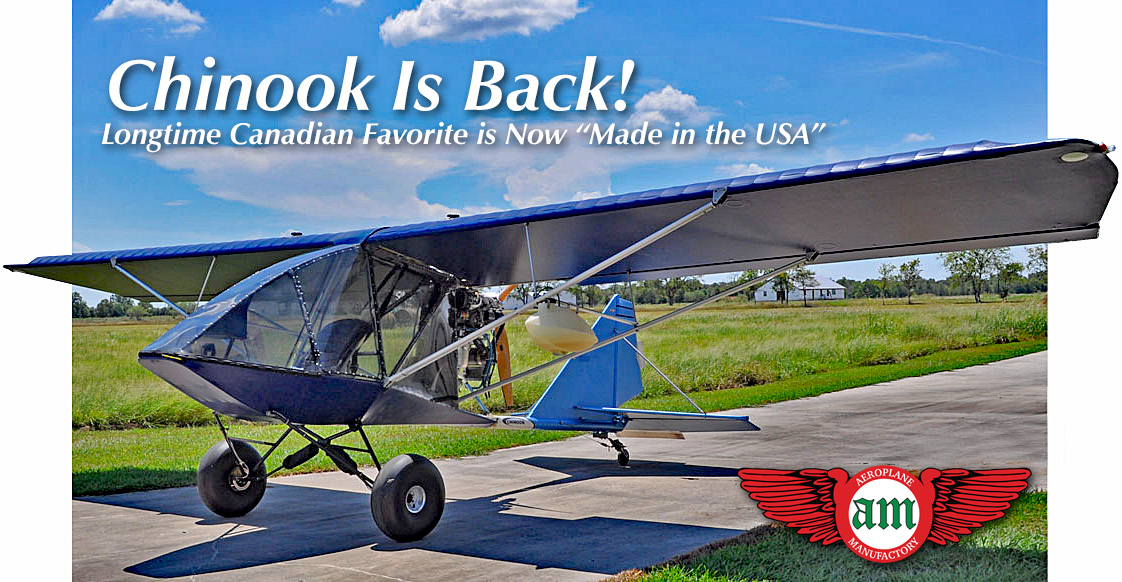

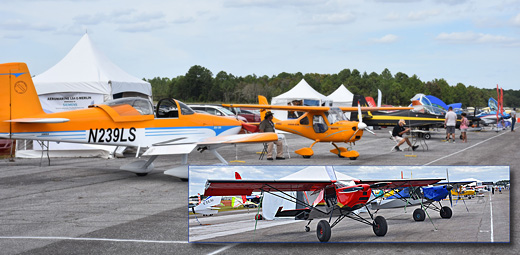 “Our announcement won’t go out until Tuesday (November 17th) and our website will require another day or two for full updating,” said Jana Filip, Sport Aviation Administrator for DeLand Sport Aviation Showcase (DSAS). Because readers of this website are key attendees of the Florida airshow, Jana kindly let us put the word out early. “November 2021 dates are still in planning and will be announced later,” Jana clarified.
“Our announcement won’t go out until Tuesday (November 17th) and our website will require another day or two for full updating,” said Jana Filip, Sport Aviation Administrator for DeLand Sport Aviation Showcase (DSAS). Because readers of this website are key attendees of the Florida airshow, Jana kindly let us put the word out early. “November 2021 dates are still in planning and will be announced later,” Jana clarified.
 DeLand’s one-day Fly & Drive-style event closely resembles the
DeLand’s one-day Fly & Drive-style event closely resembles the 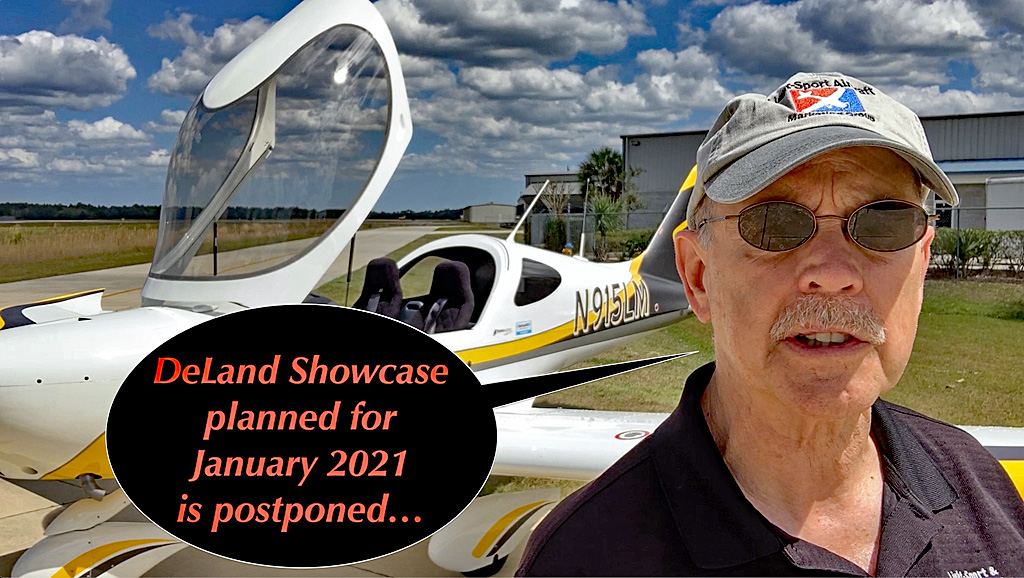
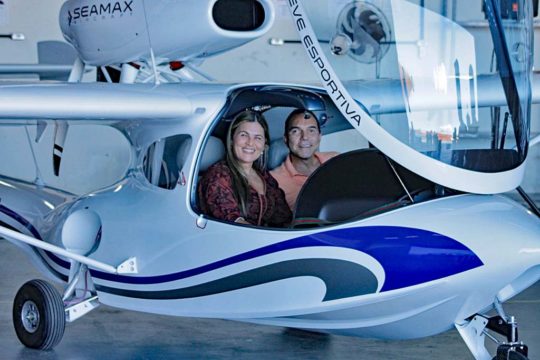 Joining the movement,
Joining the movement, 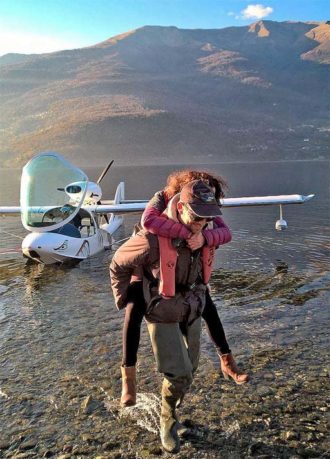 Seamax officials have made good use of their location at
Seamax officials have made good use of their location at 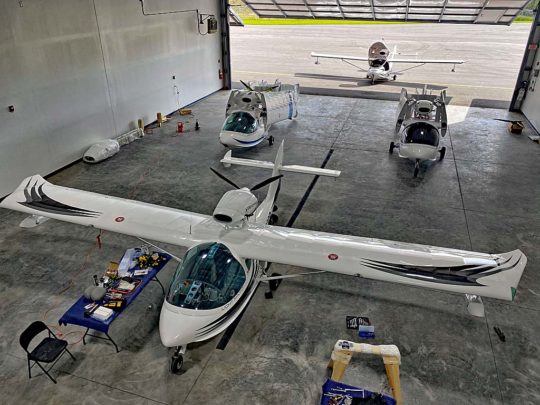
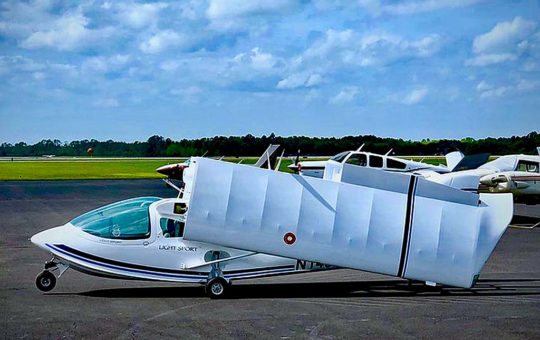 “This is the fourth year in a row that Seamax will exhibit the M-22 in this great show with the presence of our Brazilian team,” added Shalom. “We will be right in the middle of the show at our traditional booth #71.”
“This is the fourth year in a row that Seamax will exhibit the M-22 in this great show with the presence of our Brazilian team,” added Shalom. “We will be right in the middle of the show at our traditional booth #71.”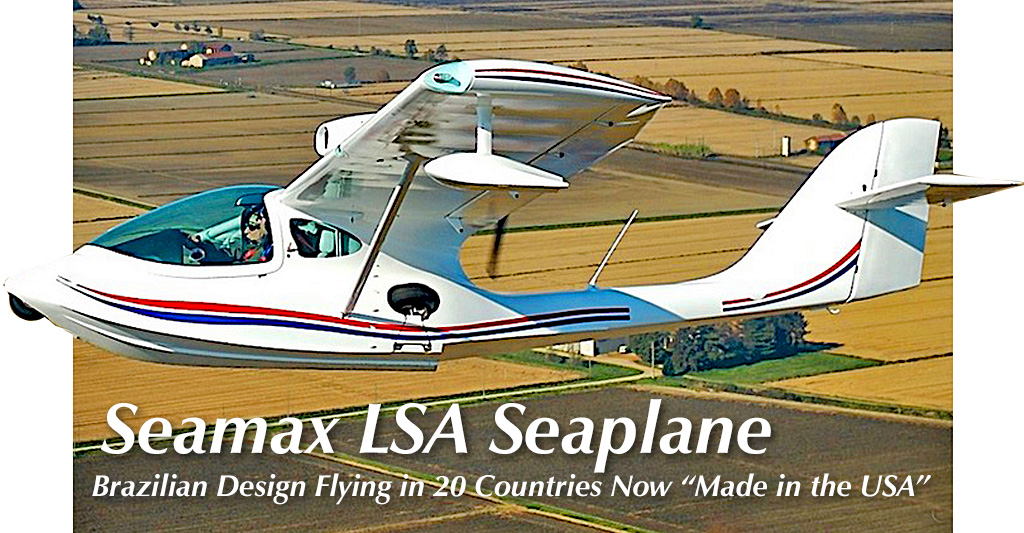
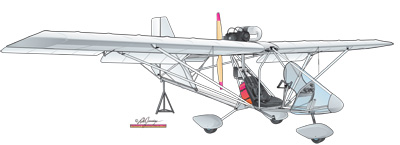
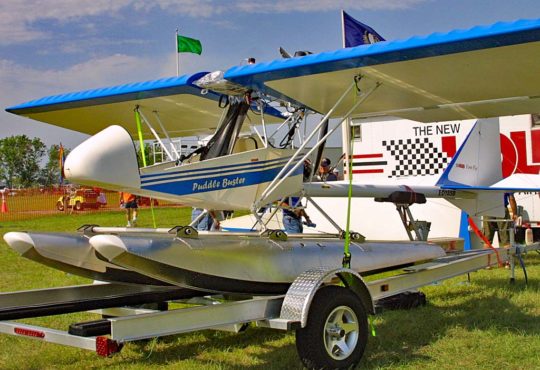
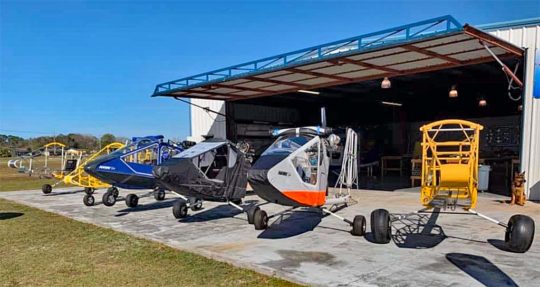
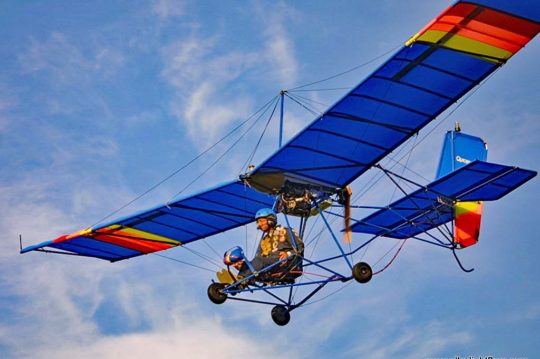
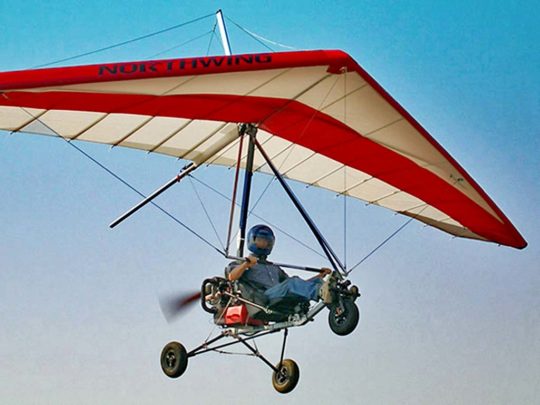
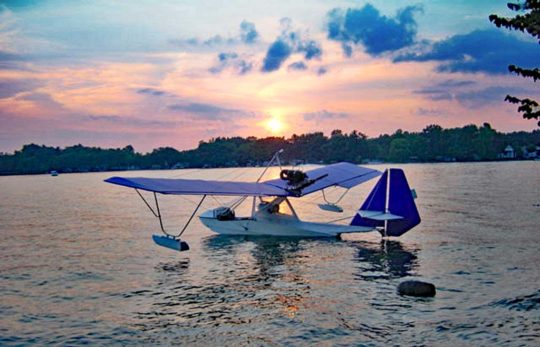
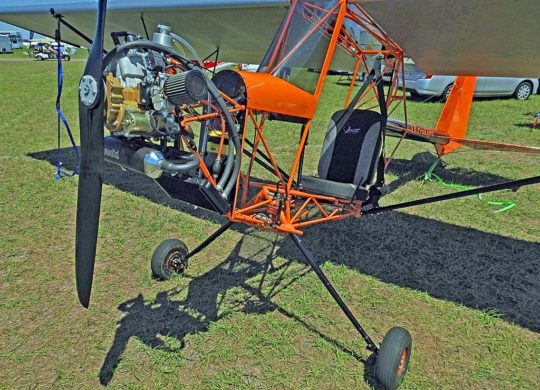
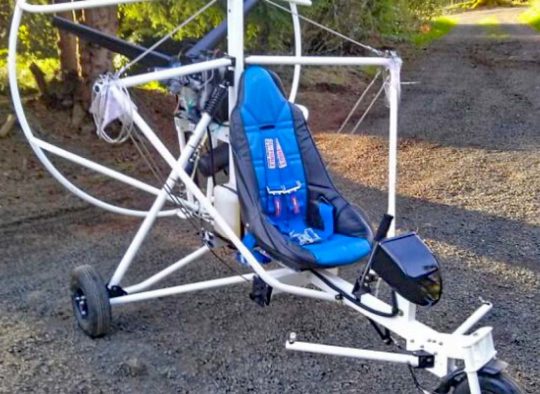


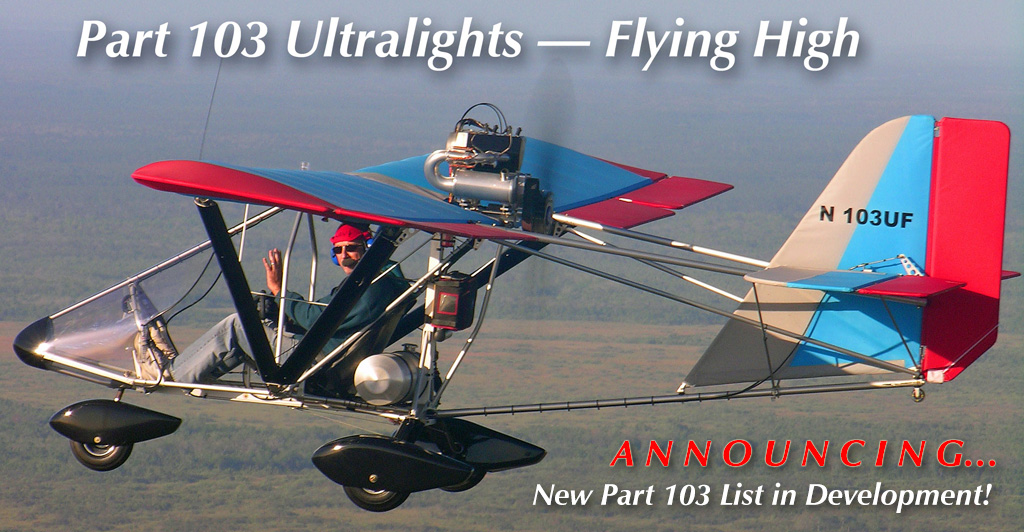
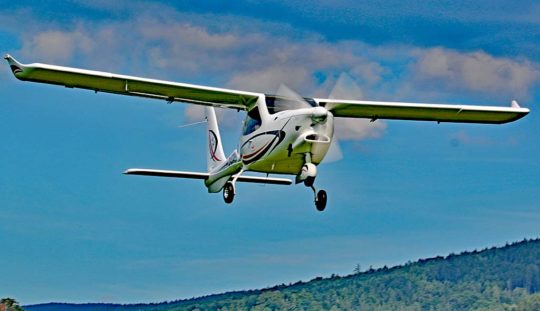
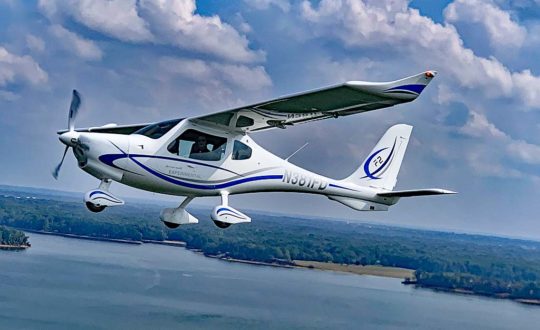 Nearly every airshow was cancelled for 2020 amidst the global economic carnage driven by lockdowns and travel restrictions to contain Covid.
Nearly every airshow was cancelled for 2020 amidst the global economic carnage driven by lockdowns and travel restrictions to contain Covid.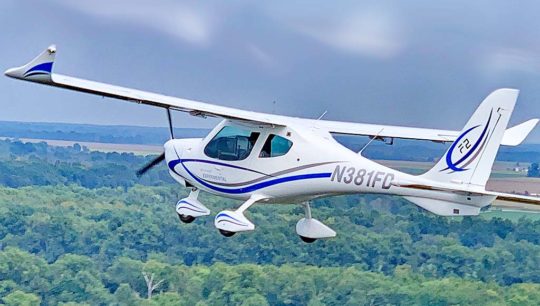 Tom explained that F2 may look similar to CT but is a nose-to-tail, tip-to-tip refreshed design. It has been some time in development because as Tom noted, “Flight Design engineers had to rework the whole airplane. It is significantly larger than CTLS yet final production models should weigh no more.” That’s some accomplishment!
Tom explained that F2 may look similar to CT but is a nose-to-tail, tip-to-tip refreshed design. It has been some time in development because as Tom noted, “Flight Design engineers had to rework the whole airplane. It is significantly larger than CTLS yet final production models should weigh no more.” That’s some accomplishment!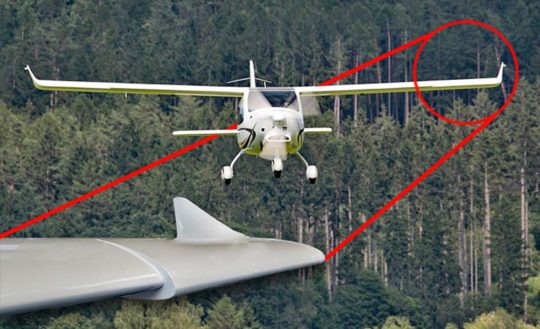 “F2 is manufactured to close tolerances in pre-impregnated carbon fiber for great structural strength and light weight,” said Flight Design in Germany. With prepreg carbon fiber from American company Hexcel, F2’s honeycomb-core fuselage signifies a big step forward.
“F2 is manufactured to close tolerances in pre-impregnated carbon fiber for great structural strength and light weight,” said Flight Design in Germany. With prepreg carbon fiber from American company Hexcel, F2’s honeycomb-core fuselage signifies a big step forward.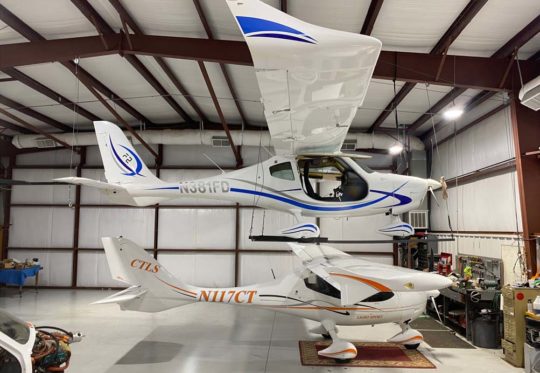 The altered horizontal tail works cooperatively with the wing cuffs to make a highly stall-resistant airframe, a feature FAA admires so much they gave Icon Aircraft
The altered horizontal tail works cooperatively with the wing cuffs to make a highly stall-resistant airframe, a feature FAA admires so much they gave Icon Aircraft 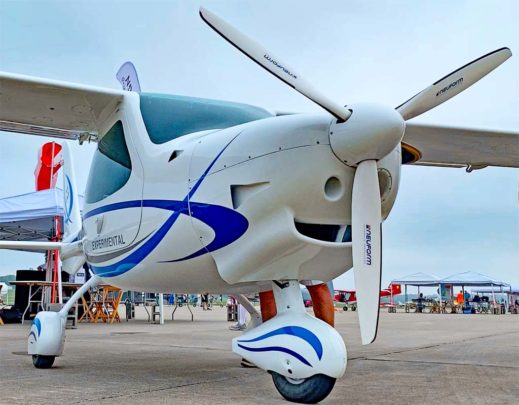
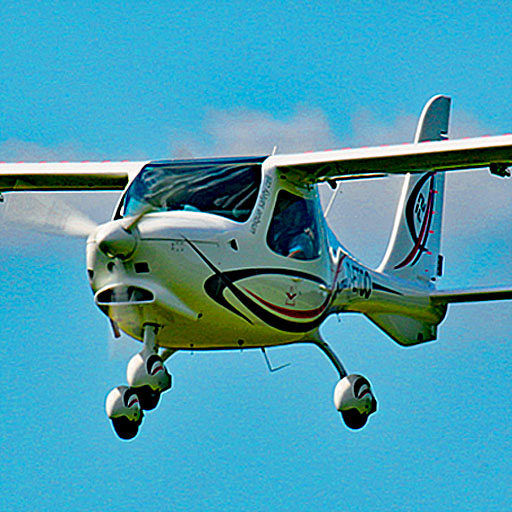 Cruise speed at a low altitude (approximately 3,000 feet density altitude) exceeded 115 knots while burning barely over 4 gallons an hour; Rotax’s 912iS is known for its fuel miserliness. This allows a topped-off F2 to fly close to 1,000 statute miles. You can fly cross country to a destination and return to base without buying fuel. I once enjoyed this quality while
Cruise speed at a low altitude (approximately 3,000 feet density altitude) exceeded 115 knots while burning barely over 4 gallons an hour; Rotax’s 912iS is known for its fuel miserliness. This allows a topped-off F2 to fly close to 1,000 statute miles. You can fly cross country to a destination and return to base without buying fuel. I once enjoyed this quality while 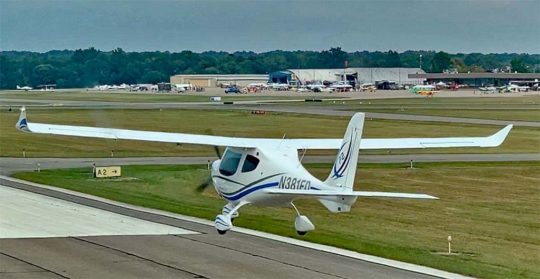 A combination of wing cuffs, revised empennage with its fixed duck tail, and tip-vortices-reducing winglets make F2’s stalls and slow flight about as uneventful as I’ve experienced; much like Icon’s A5, which was equally docile at slow speeds. Even with the joystick full aft F2 did nothing exciting. It did not drop a wing and resisted any stall break.
A combination of wing cuffs, revised empennage with its fixed duck tail, and tip-vortices-reducing winglets make F2’s stalls and slow flight about as uneventful as I’ve experienced; much like Icon’s A5, which was equally docile at slow speeds. Even with the joystick full aft F2 did nothing exciting. It did not drop a wing and resisted any stall break.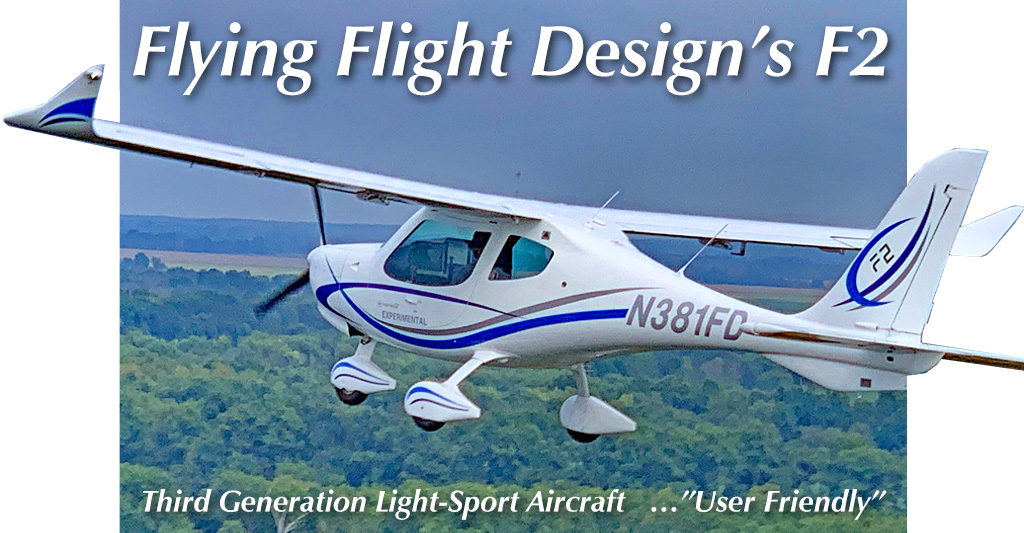
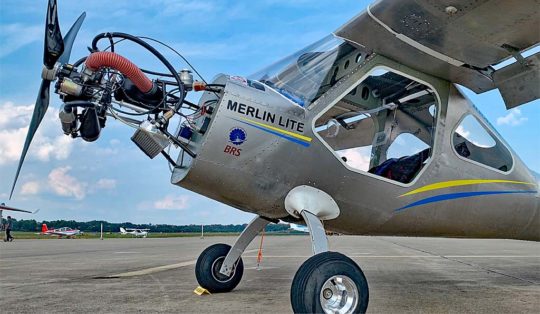
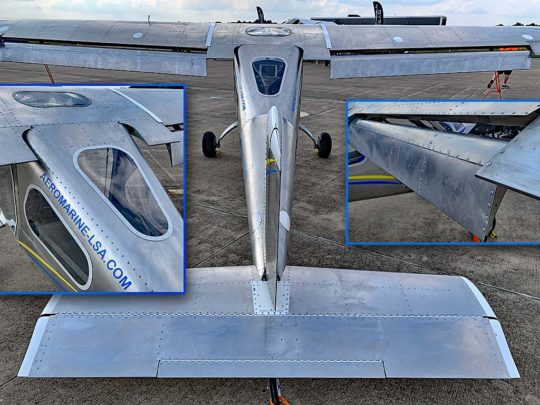
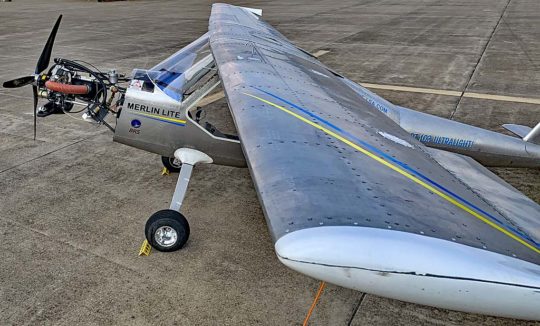 Getting stall down to 24 knots (27.6 mph, where Chip saw “30”) is tougher but with full flaps, it will be closer; he reported using deep but not full flaps (“32°” when 50° is available). However, a surer way to achieve the right speeds may be a longer wing that is already built and has flown; see the engineering drawings (below video). Weight from a longer wing may require that the pilot fly without the door, but Chip believes room still exists to lighten Merlin Lite enough for buyers to have it all — full enclosure including door, engine cowl, and most or all of the options seen in the photos and video.
Getting stall down to 24 knots (27.6 mph, where Chip saw “30”) is tougher but with full flaps, it will be closer; he reported using deep but not full flaps (“32°” when 50° is available). However, a surer way to achieve the right speeds may be a longer wing that is already built and has flown; see the engineering drawings (below video). Weight from a longer wing may require that the pilot fly without the door, but Chip believes room still exists to lighten Merlin Lite enough for buyers to have it all — full enclosure including door, engine cowl, and most or all of the options seen in the photos and video.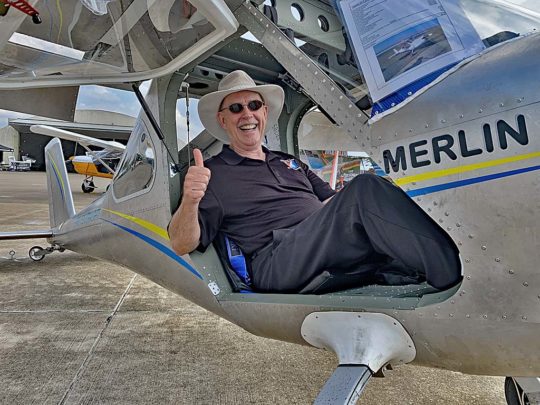 The video documents the weighing action conducted inside a hangar that Mt. Vernon airport manager, Chris Collins generously provided so Merlin Lite was not affected by wind. Although I witnessed this using bathroom scales, I checked these with my own weight to see they were within one pound or so of one another (about one-half of one percent deviation). However, Chip will shortly perform a formal weighing using certified scales and an official observer. He’s confident Merlin Lite will still qualify and based on what I saw, I agree.
The video documents the weighing action conducted inside a hangar that Mt. Vernon airport manager, Chris Collins generously provided so Merlin Lite was not affected by wind. Although I witnessed this using bathroom scales, I checked these with my own weight to see they were within one pound or so of one another (about one-half of one percent deviation). However, Chip will shortly perform a formal weighing using certified scales and an official observer. He’s confident Merlin Lite will still qualify and based on what I saw, I agree.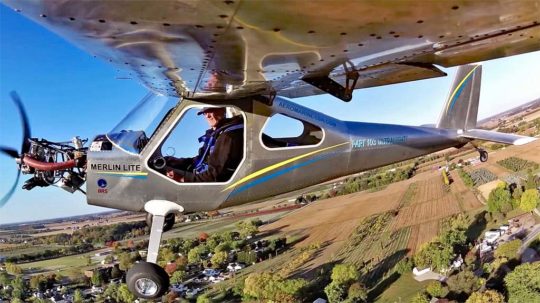 Thor 250 outputs 36 horsepower from a single cylinder that Evolution Trikes boss Larry Mednick describes as a smooth running engine that rivals Rotax’s 912. That’s a big statement but it appears this Polini powerplant dominates the market for the lightest aircraft. Evolution’s
Thor 250 outputs 36 horsepower from a single cylinder that Evolution Trikes boss Larry Mednick describes as a smooth running engine that rivals Rotax’s 912. That’s a big statement but it appears this Polini powerplant dominates the market for the lightest aircraft. Evolution’s 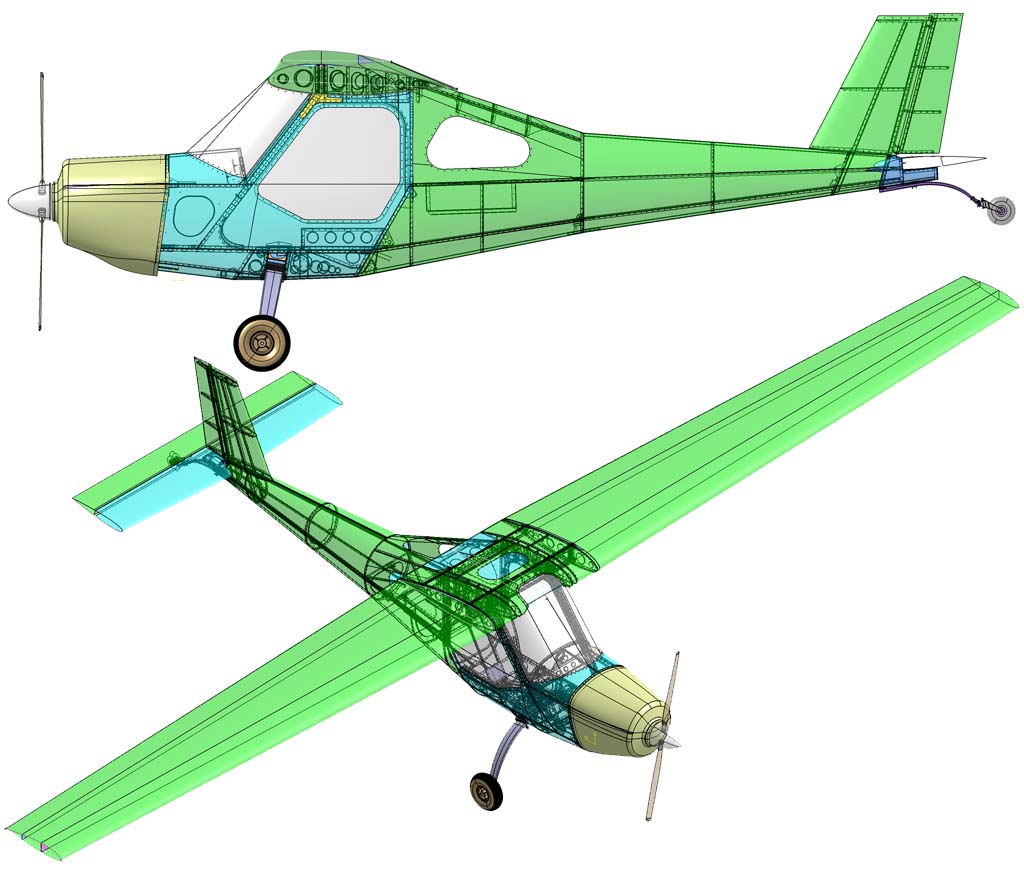
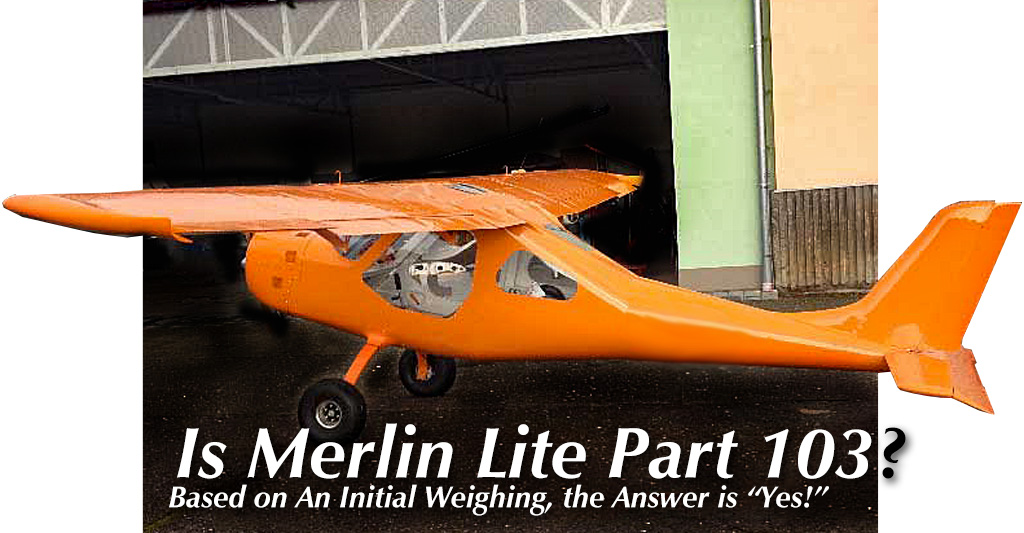
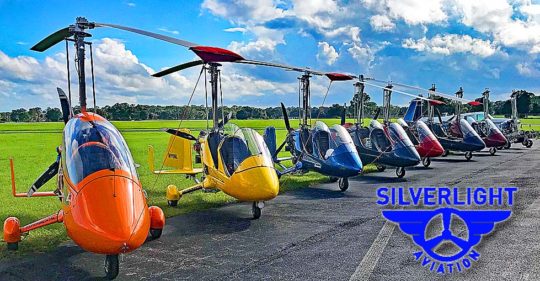 The first requirement is understandable. It’s all fine and good to wish you could buy something but if it’s way out of your price range or if you simply cannot commit to a large purchase right now, it isn’t likely to happen… and after all, who doesn’t love a good price?
The first requirement is understandable. It’s all fine and good to wish you could buy something but if it’s way out of your price range or if you simply cannot commit to a large purchase right now, it isn’t likely to happen… and after all, who doesn’t love a good price?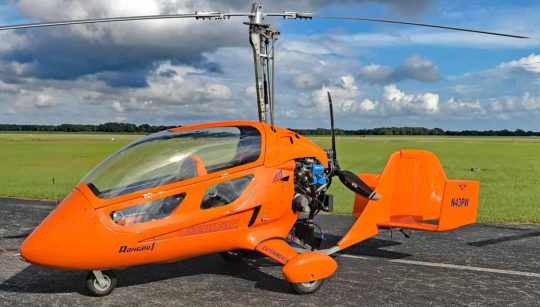 However, when a brand-new airplane stays or slips below the $100,000 mark, lots more pilots can think about affording it. If six figures is still way too high, please read all kinds of articles on this website for highly-affordable aircraft (I covered 10 in April 2020 alone;
However, when a brand-new airplane stays or slips below the $100,000 mark, lots more pilots can think about affording it. If six figures is still way too high, please read all kinds of articles on this website for highly-affordable aircraft (I covered 10 in April 2020 alone; 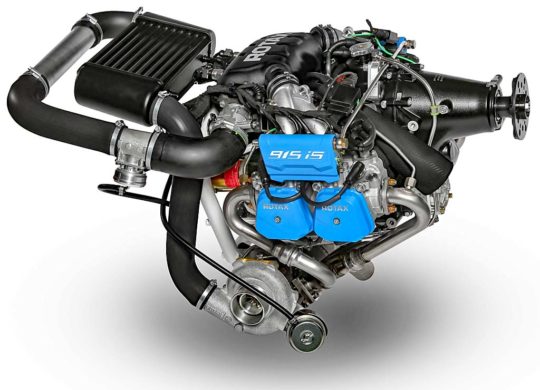 More recently, he turned his attention to the
More recently, he turned his attention to the 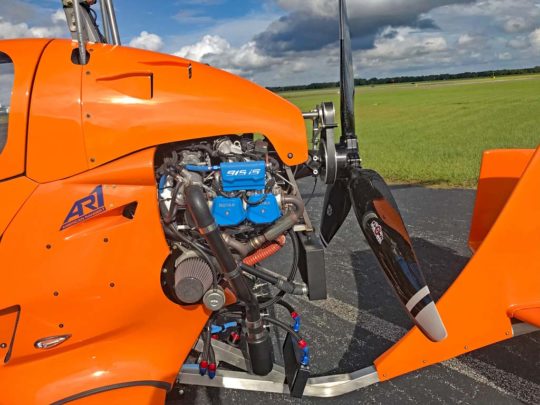 SilverLight offers a build-assist center at their Zephyrhills airport base near Tampa, Florida. Yet the kit is not a particularly daunting task. For one, you need do no fabric work or painting, two skills that are fairly demanding of a kit builder.
SilverLight offers a build-assist center at their Zephyrhills airport base near Tampa, Florida. Yet the kit is not a particularly daunting task. For one, you need do no fabric work or painting, two skills that are fairly demanding of a kit builder.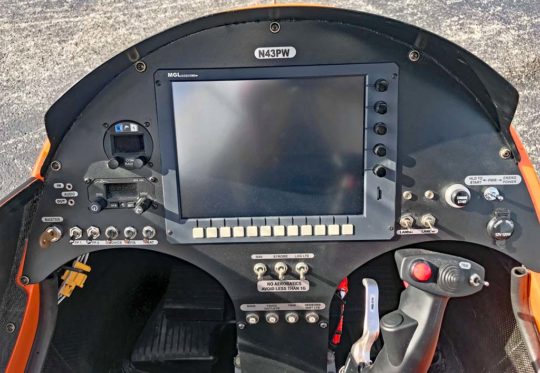 You’ll also need a wiring harness (about $2,500), and painting of the fuselage parts adds $3,500, and avionics add a few hundred dollars to a few thousand with too many choices to list here. A few other options may tempt you, for example, the removable full enclosure for $8,500.
You’ll also need a wiring harness (about $2,500), and painting of the fuselage parts adds $3,500, and avionics add a few hundred dollars to a few thousand with too many choices to list here. A few other options may tempt you, for example, the removable full enclosure for $8,500.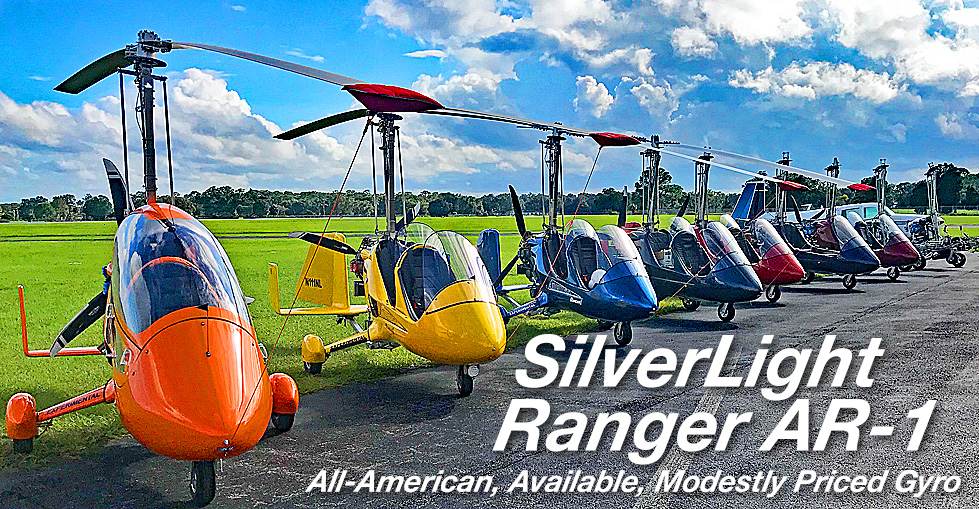
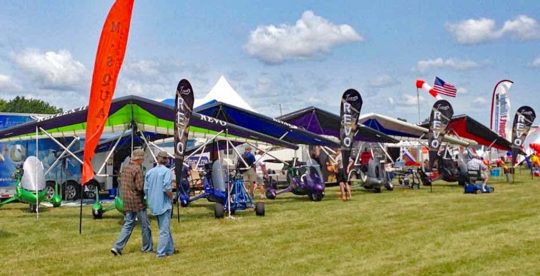 If you read the recent article closely, you saw that not only are single seat aircraft enjoying good sales but Part 103 ultralights may be going stronger than in many years …possibly the best ever. I wish we could report 103 ultralight market shares but as they do not have to register with (and get an N-number from) FAA, we have no third-party way to evaluate the numbers accurately.
If you read the recent article closely, you saw that not only are single seat aircraft enjoying good sales but Part 103 ultralights may be going stronger than in many years …possibly the best ever. I wish we could report 103 ultralight market shares but as they do not have to register with (and get an N-number from) FAA, we have no third-party way to evaluate the numbers accurately.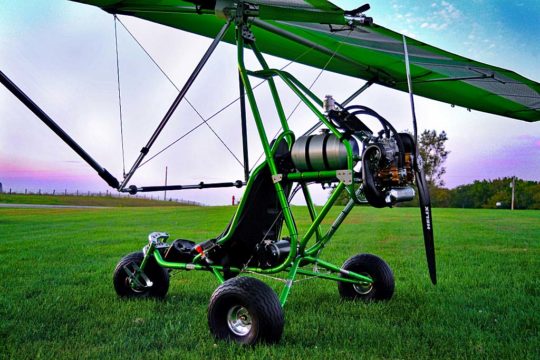 In recent years, boss Larry Mednick observed that their “tube-trike” line has been growing in strength. In the video below you will hear him say, “We have officially built more Rev, RevX, and Revolts than we have ever built Revo (models).”
In recent years, boss Larry Mednick observed that their “tube-trike” line has been growing in strength. In the video below you will hear him say, “We have officially built more Rev, RevX, and Revolts than we have ever built Revo (models).”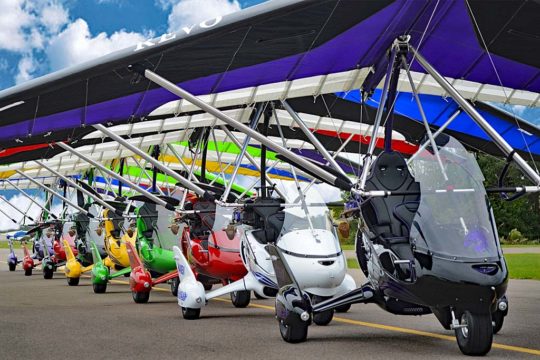 “I don’t know what’s in the water… I don’t know what’s going on this year, but the phone has not stopped ringing about these [aircraft] and we are certainly having a record-breaking year,” Larry said. He added, “We have three times as many orders this year compared to last year and double our best year since we started in business.”
“I don’t know what’s in the water… I don’t know what’s going on this year, but the phone has not stopped ringing about these [aircraft] and we are certainly having a record-breaking year,” Larry said. He added, “We have three times as many orders this year compared to last year and double our best year since we started in business.”
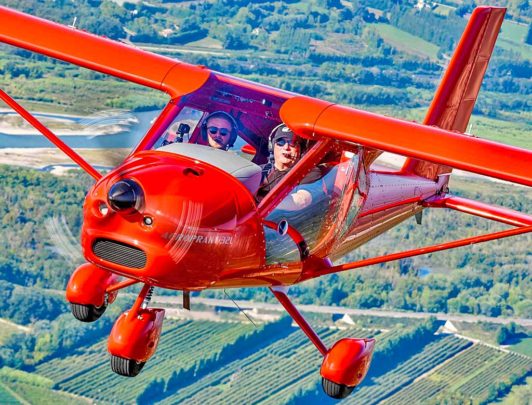 In this context, how might the aviation industry be holding up? We read — and some brave travelers have experienced first-hand — how the airline industry is in a deep hole, prompting large layoffs.
In this context, how might the aviation industry be holding up? We read — and some brave travelers have experienced first-hand — how the airline industry is in a deep hole, prompting large layoffs.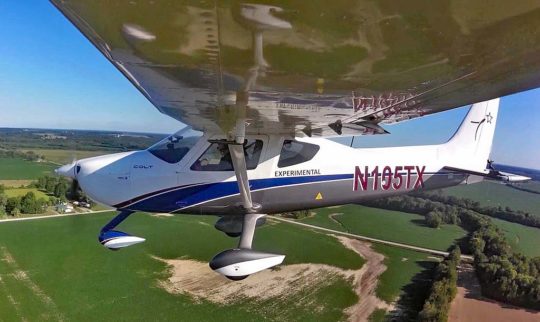 It bears repeating. You can go poke around FAA’s database yourself …but while you access the same information you won’t get the same details as we have here without a lot of work.
It bears repeating. You can go poke around FAA’s database yourself …but while you access the same information you won’t get the same details as we have here without a lot of work.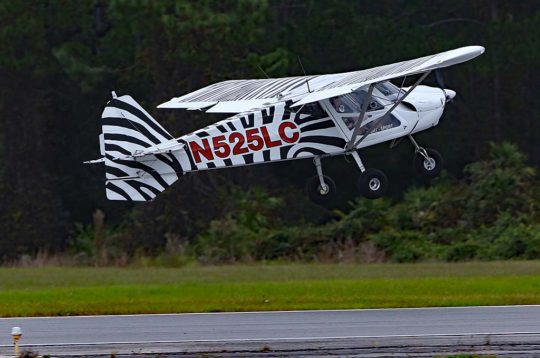 Steve summarized, “Some [producers] are doing stupendously better than last year. Others, not so much.”
Steve summarized, “Some [producers] are doing stupendously better than last year. Others, not so much.”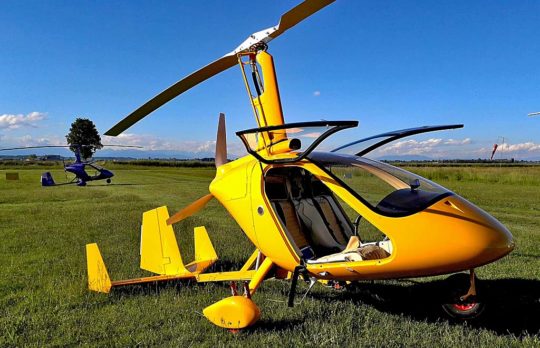
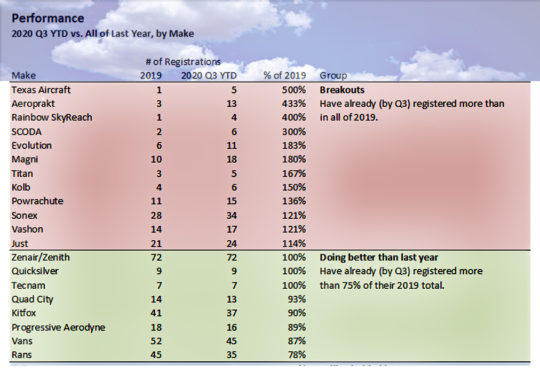
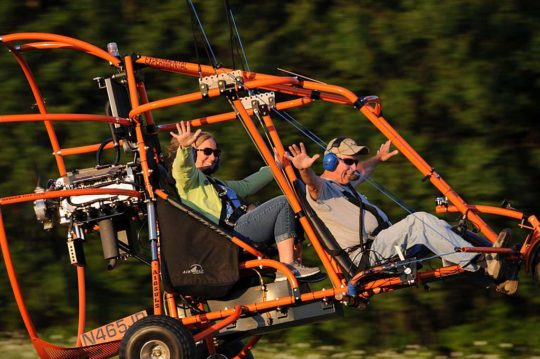

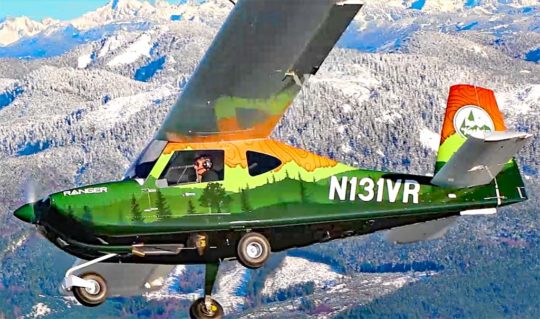 From my view — and to some extent for all the readers of this website — the single most valuable aspect of Midwest LSA Expo is the great ease with which one can take one or more demo flights. For me in particular, this is a unmatched opportunity to go aloft in an aircraft so I can write about it.
From my view — and to some extent for all the readers of this website — the single most valuable aspect of Midwest LSA Expo is the great ease with which one can take one or more demo flights. For me in particular, this is a unmatched opportunity to go aloft in an aircraft so I can write about it.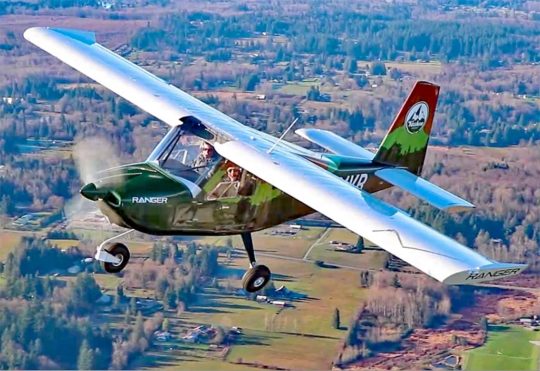 Named for a small island in the Puget Sound region of Washington state near Seattle,
Named for a small island in the Puget Sound region of Washington state near Seattle, 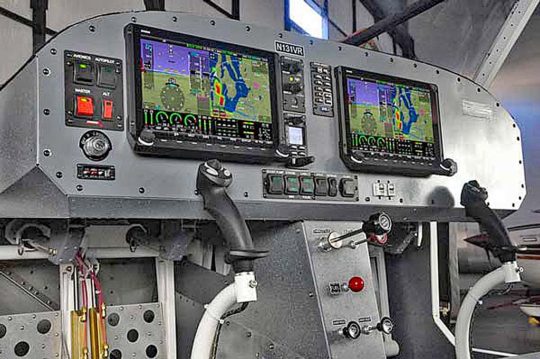 While Vashon is colocated with Dynon in a Woodinville industrial park, Vashon maintains a separate corporate structure. Company employees of each defend the co-owned businesses as distinct from one another.
While Vashon is colocated with Dynon in a Woodinville industrial park, Vashon maintains a separate corporate structure. Company employees of each defend the co-owned businesses as distinct from one another.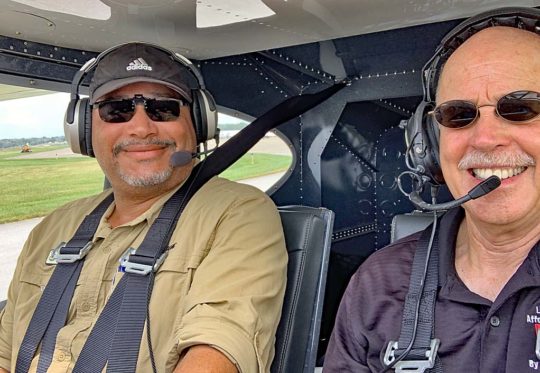 Ranger has a listed empty weight of 875 pounds before adding options. That leaves a useful load of 445 pounds. With fuel tanks full of 28.1 gallons or 169 pounds, payload drops to 276 pounds. Fortunately lots of flying is done locally so half tanks are still plenty and would provide a payload of 361 pounds or a couple occupants at 180 pounds each. (Of course, this may change when FAA issues its new regulation in 2023.)
Ranger has a listed empty weight of 875 pounds before adding options. That leaves a useful load of 445 pounds. With fuel tanks full of 28.1 gallons or 169 pounds, payload drops to 276 pounds. Fortunately lots of flying is done locally so half tanks are still plenty and would provide a payload of 361 pounds or a couple occupants at 180 pounds each. (Of course, this may change when FAA issues its new regulation in 2023.)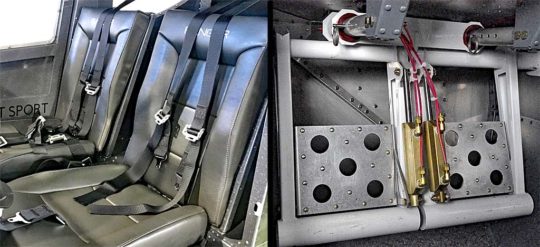 Taxiing Ranger uses a castoring nosewheel. This means steering with brakes at low speeds, so both seat are fitted with directional foot pedals, which allow for very tight turns. Castor steering takes a bit of familiarization but ramp maneuverability is unparalleled. Flight controls involve dual joysticks and a center-mounted throttle.
Taxiing Ranger uses a castoring nosewheel. This means steering with brakes at low speeds, so both seat are fitted with directional foot pedals, which allow for very tight turns. Castor steering takes a bit of familiarization but ramp maneuverability is unparalleled. Flight controls involve dual joysticks and a center-mounted throttle.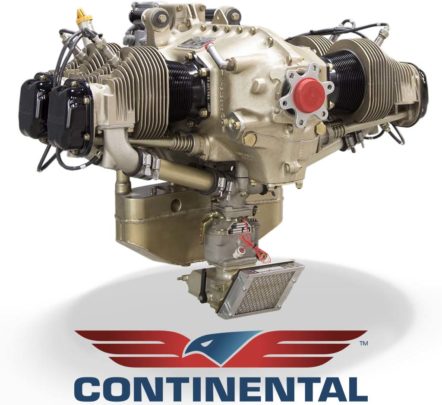 Immediately, Ranger felt somewhat different from many LSA. First, the Continental emits a familiar growl to the Rotax 9-series’ whine. Secondly, the heft of Ranger gives it a heavier feel, actually surprisingly like a Cessna 172.
Immediately, Ranger felt somewhat different from many LSA. First, the Continental emits a familiar growl to the Rotax 9-series’ whine. Secondly, the heft of Ranger gives it a heavier feel, actually surprisingly like a Cessna 172.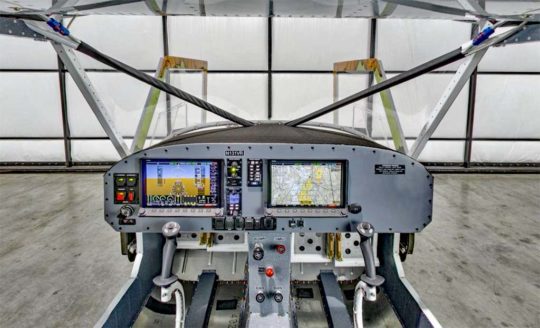 Cockpit width is stated as 47 inches, broad compared to most GA aircraft but about standard for LSA; it was roomy for Kurt and me. One neat trick: remove the seat cushions and you can fold both seats nearly flat allowing you to camp overnight in Ranger. It measures a generous 78 inches from the aft bulkhead to the joysticks.
Cockpit width is stated as 47 inches, broad compared to most GA aircraft but about standard for LSA; it was roomy for Kurt and me. One neat trick: remove the seat cushions and you can fold both seats nearly flat allowing you to camp overnight in Ranger. It measures a generous 78 inches from the aft bulkhead to the joysticks.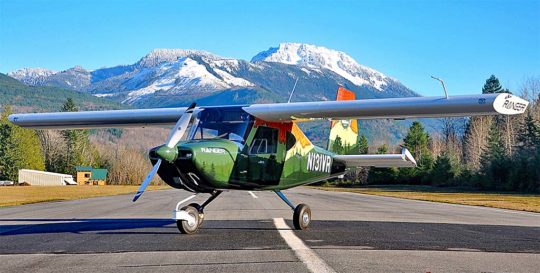 The fully loaded demo Ranger Kurt and I flew had autopilot and two SkyView HDX screens. The introductory pricing has risen slightly but those on a budget can be well served by the base Glacier model that lists for $119,500 and includes a Dynon 10-inch SkyView HDX EFIS with two-axis autopilot, 2020-compliant ADS-B Out, and all the standard features you’d expect. Ranger also comes with a three-year warranty. Unfortunately, the under-$100,000 price tag of three years ago has disappeared.
The fully loaded demo Ranger Kurt and I flew had autopilot and two SkyView HDX screens. The introductory pricing has risen slightly but those on a budget can be well served by the base Glacier model that lists for $119,500 and includes a Dynon 10-inch SkyView HDX EFIS with two-axis autopilot, 2020-compliant ADS-B Out, and all the standard features you’d expect. Ranger also comes with a three-year warranty. Unfortunately, the under-$100,000 price tag of three years ago has disappeared.